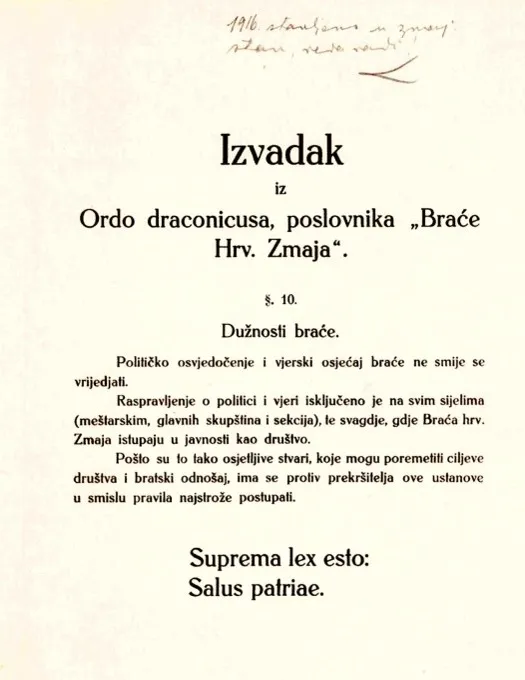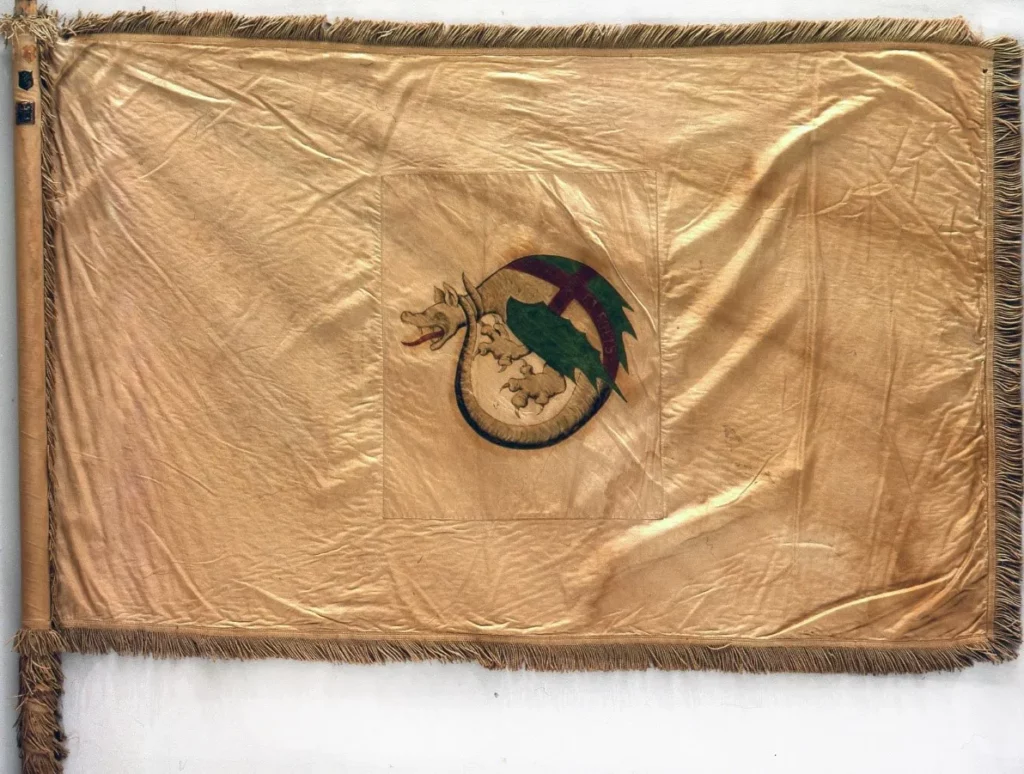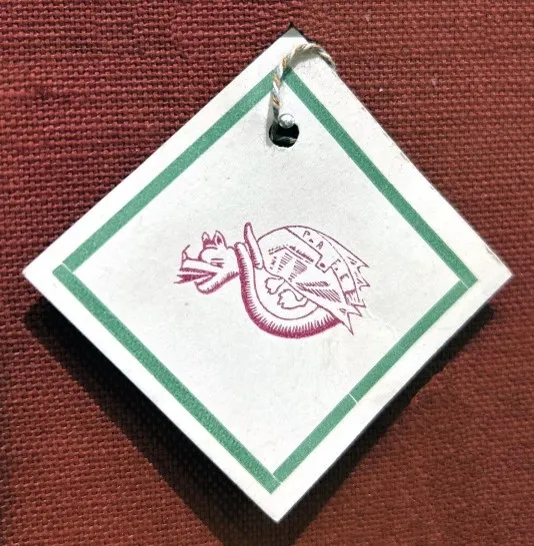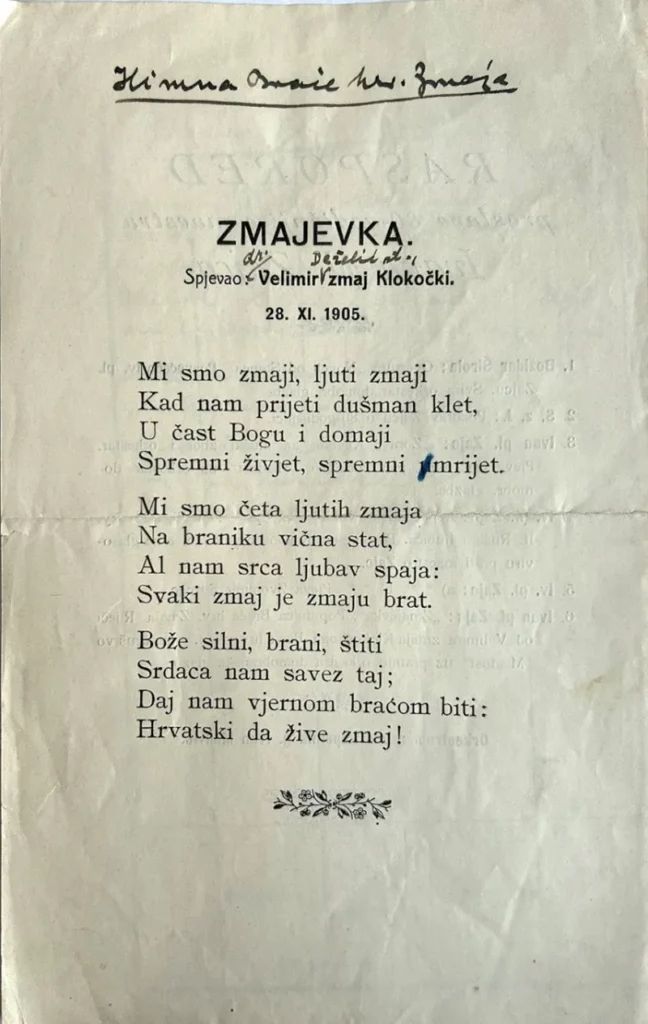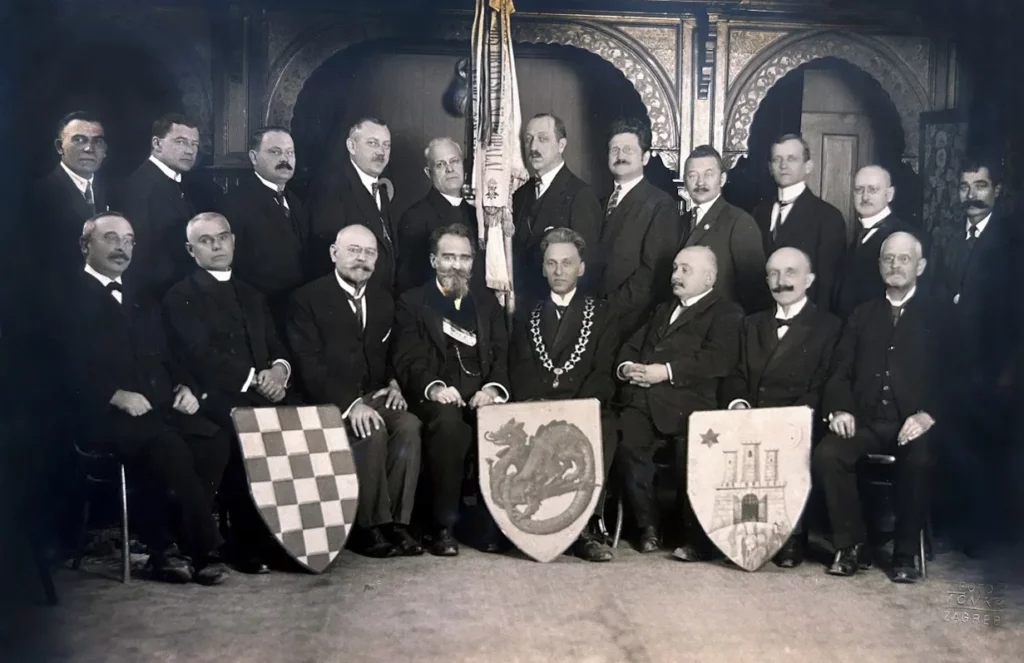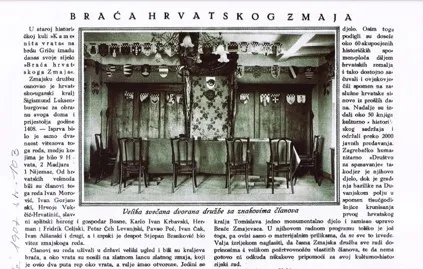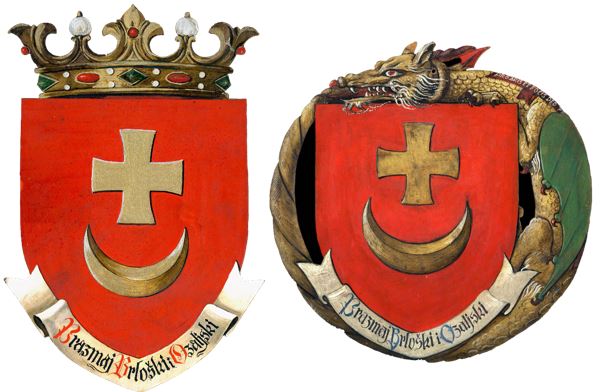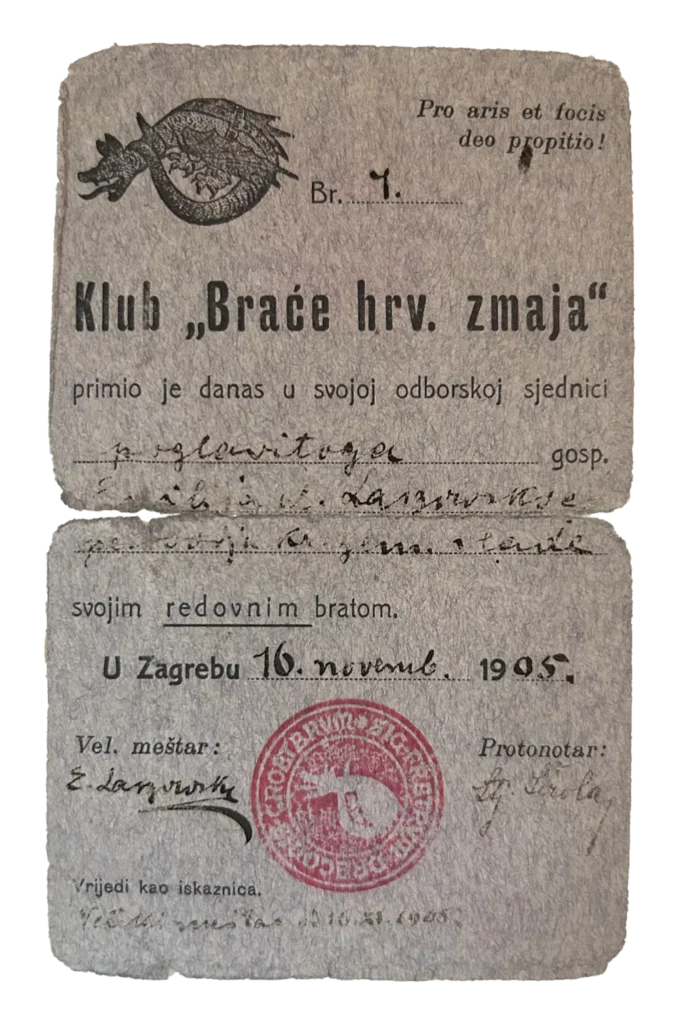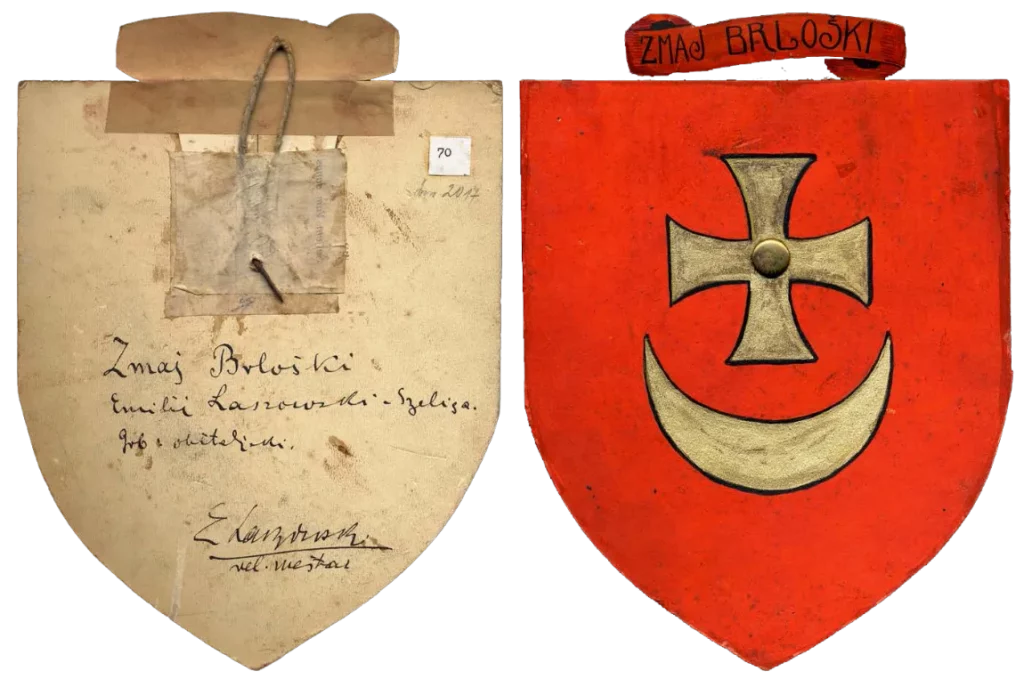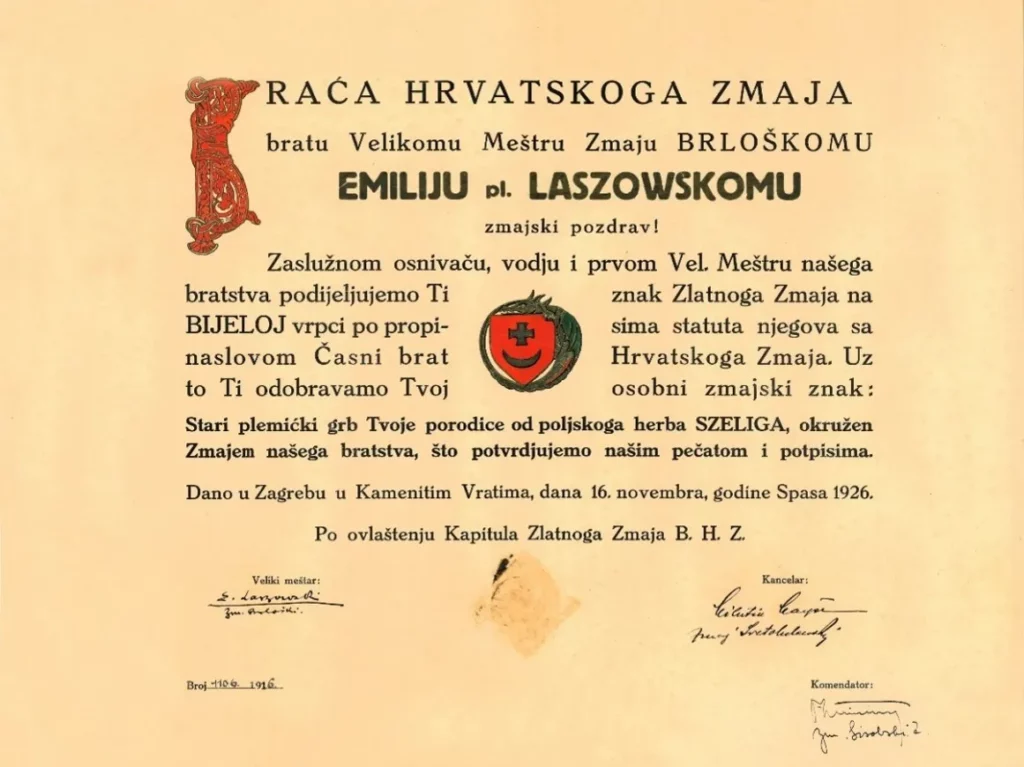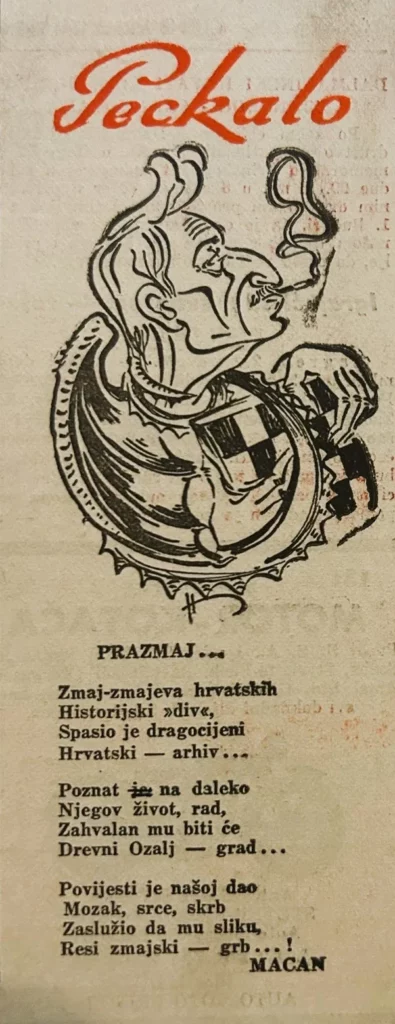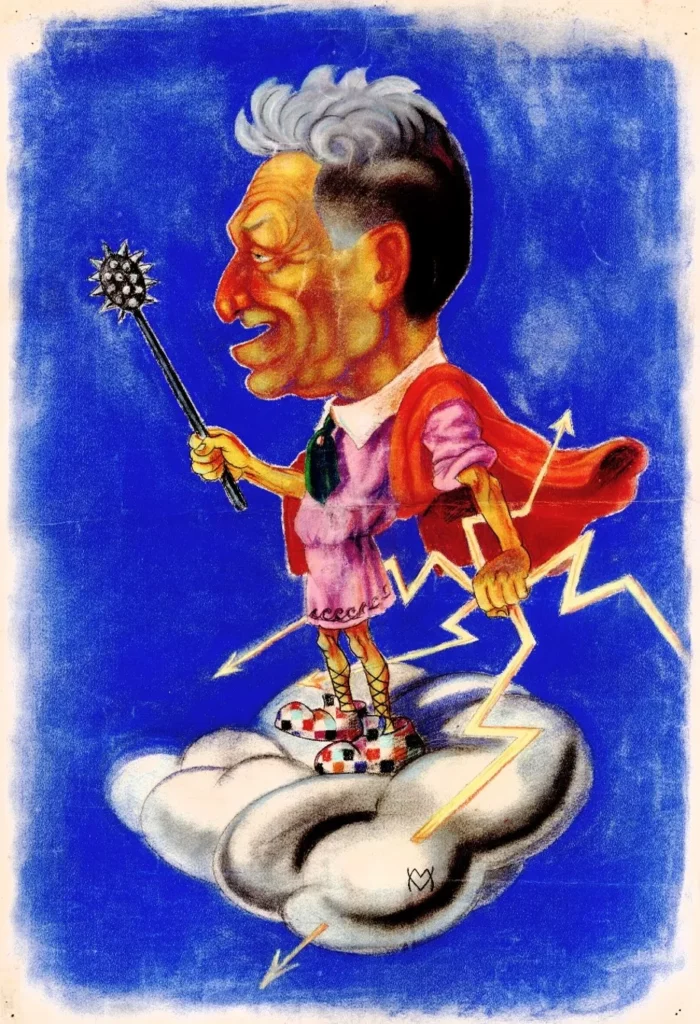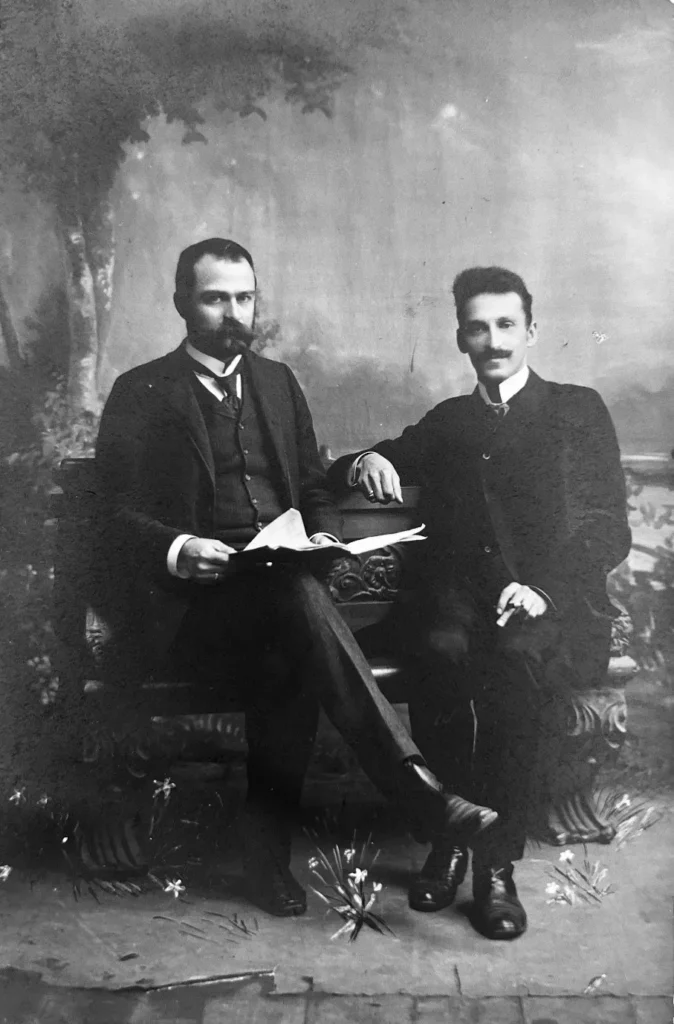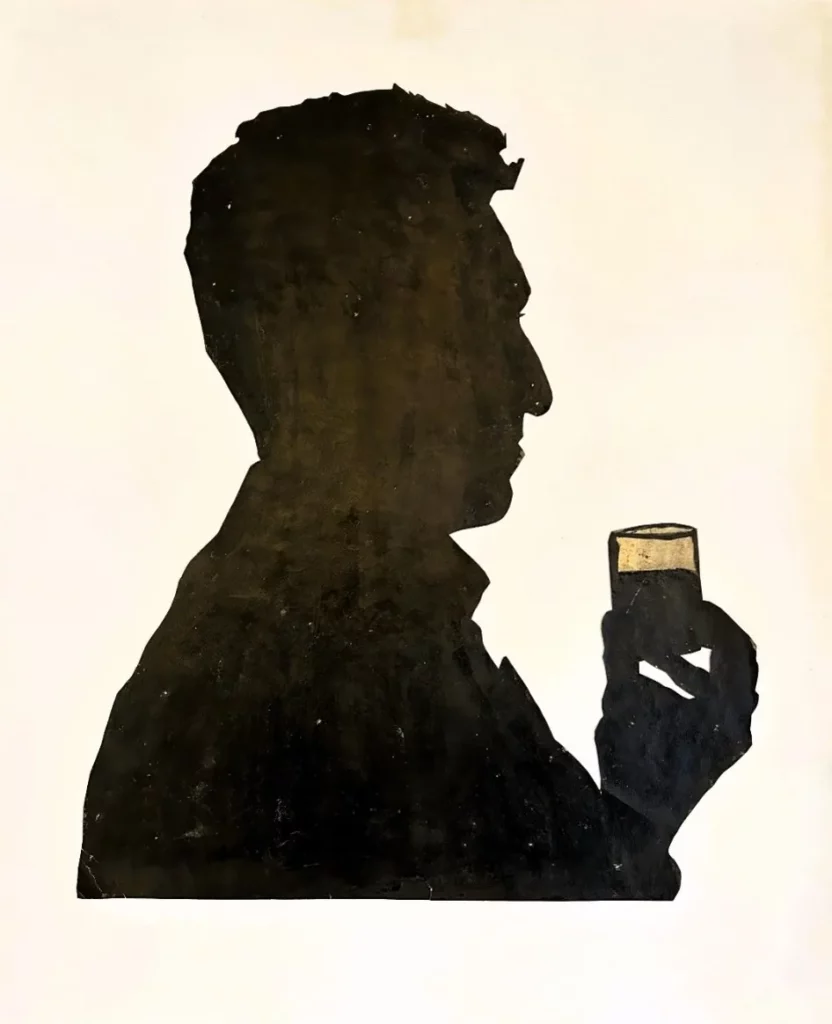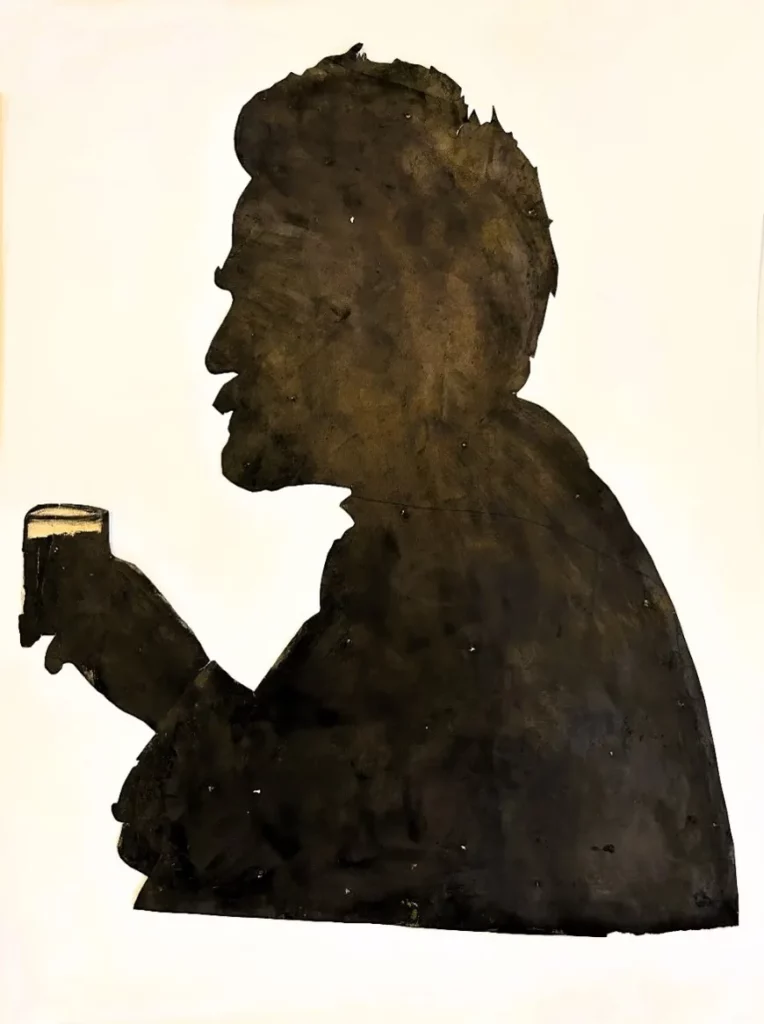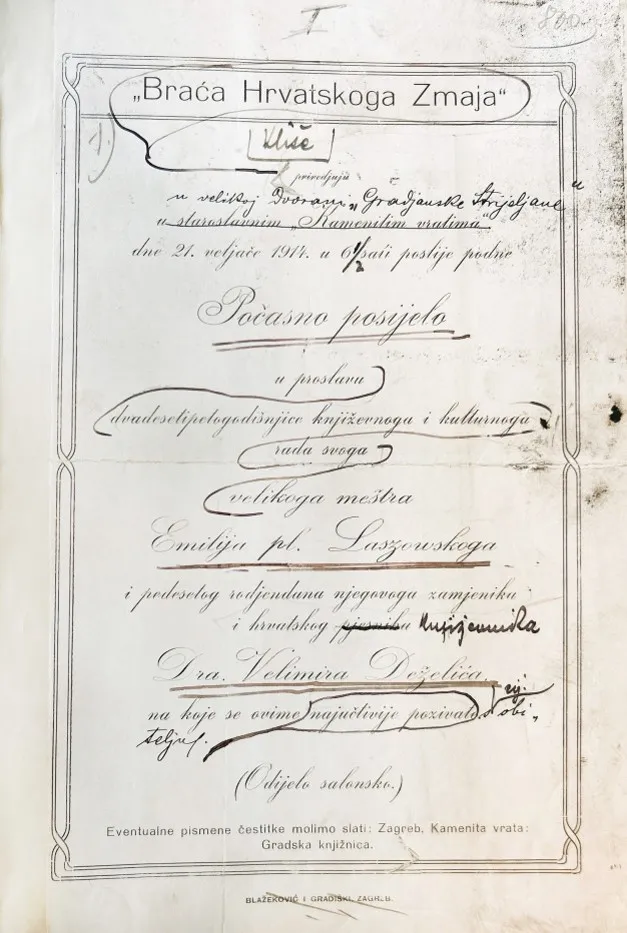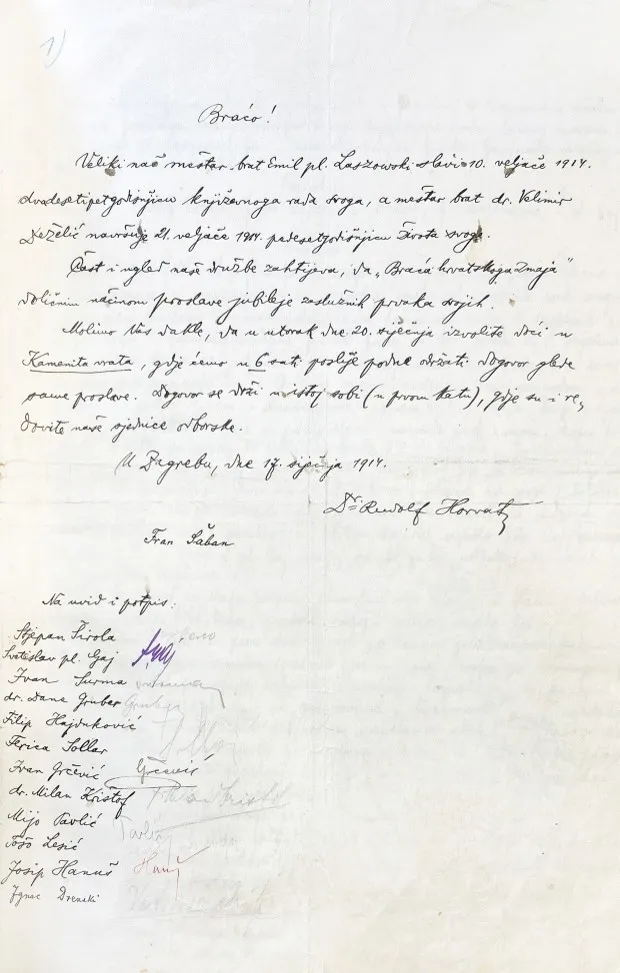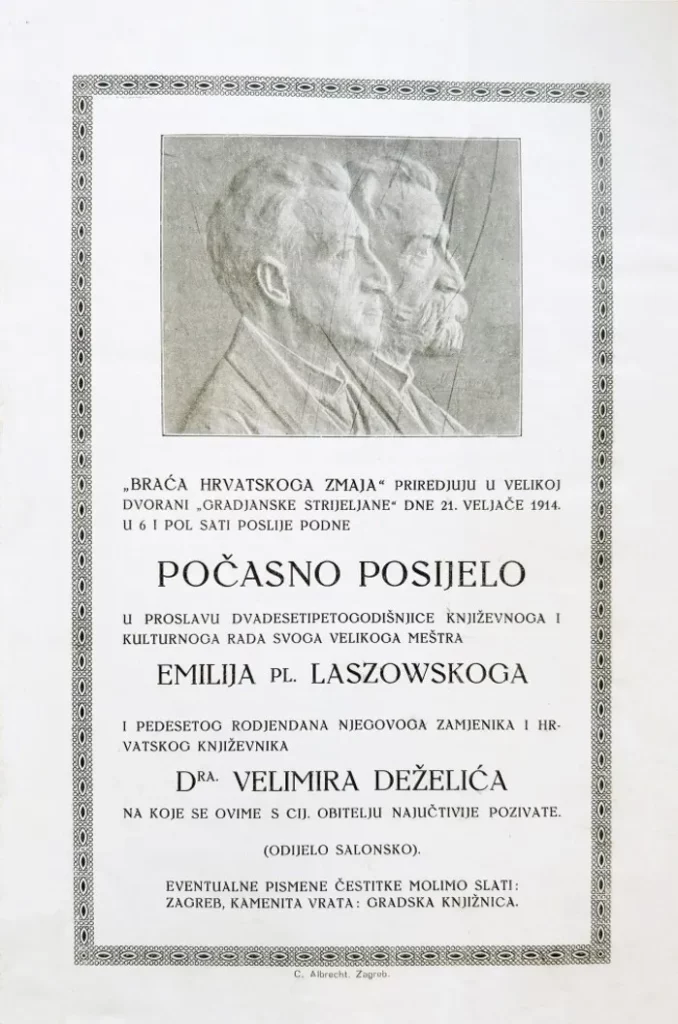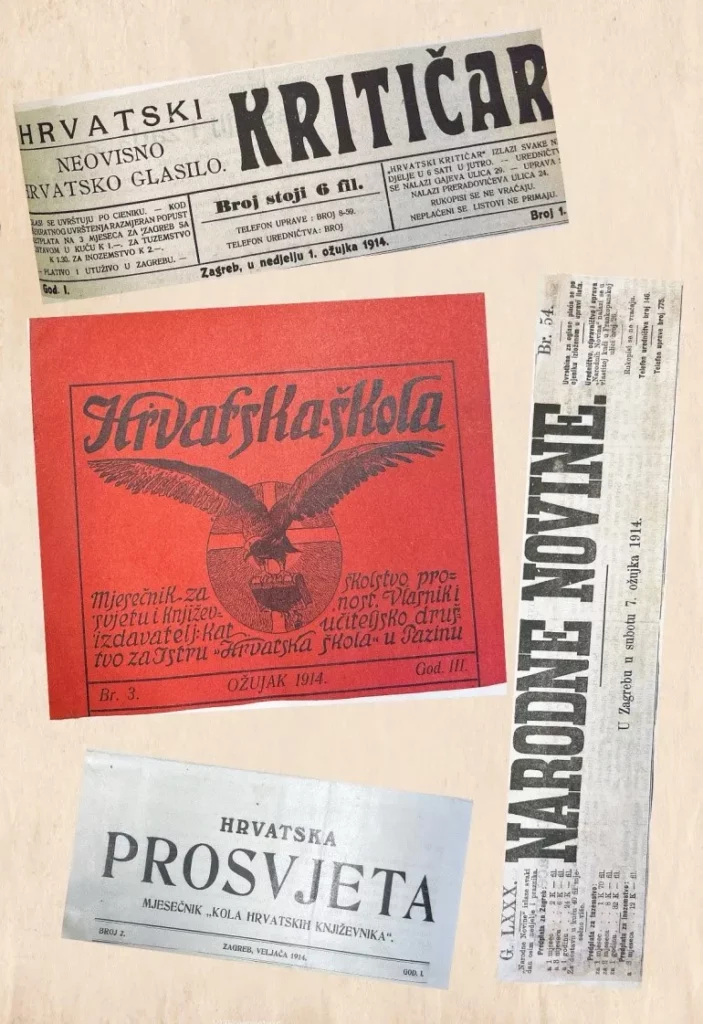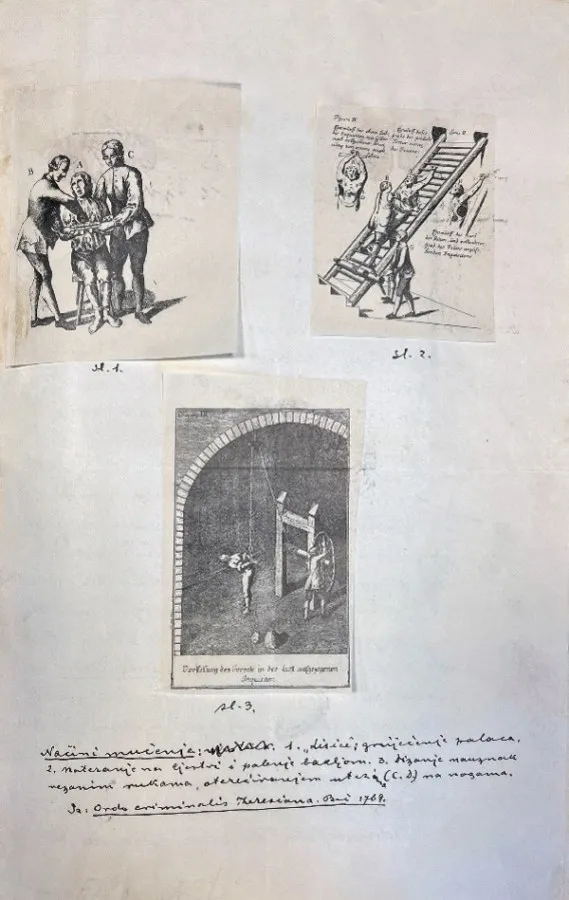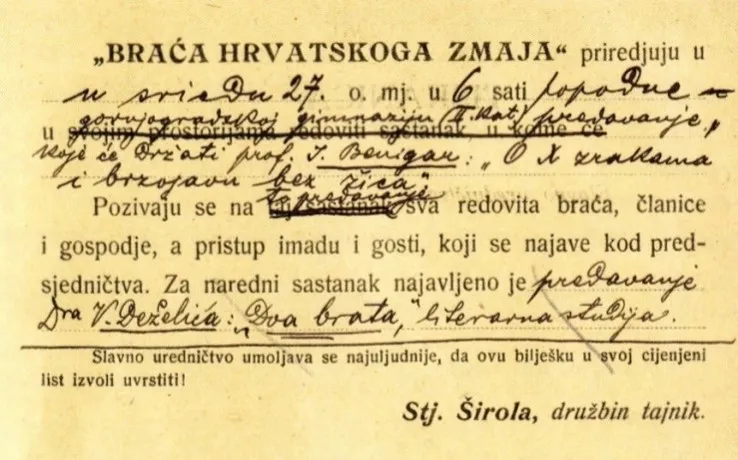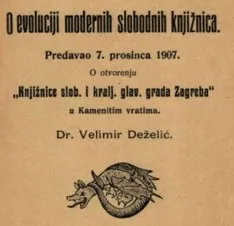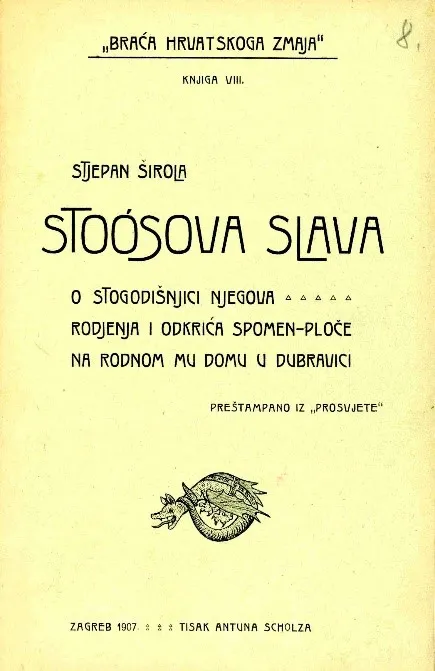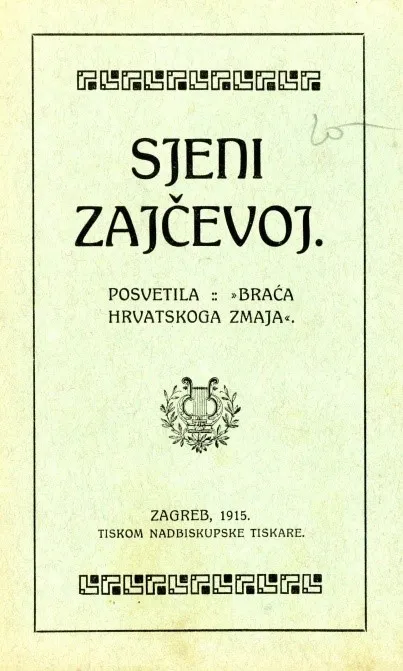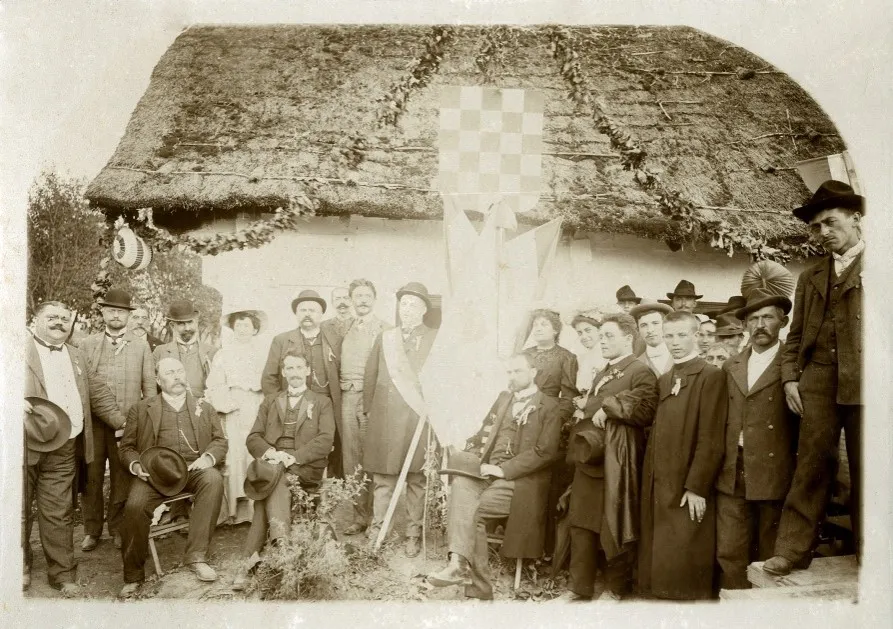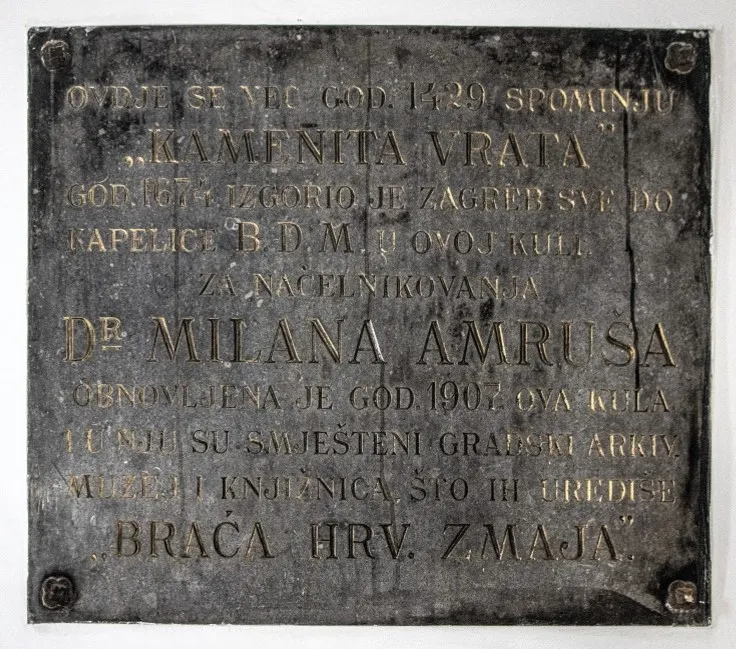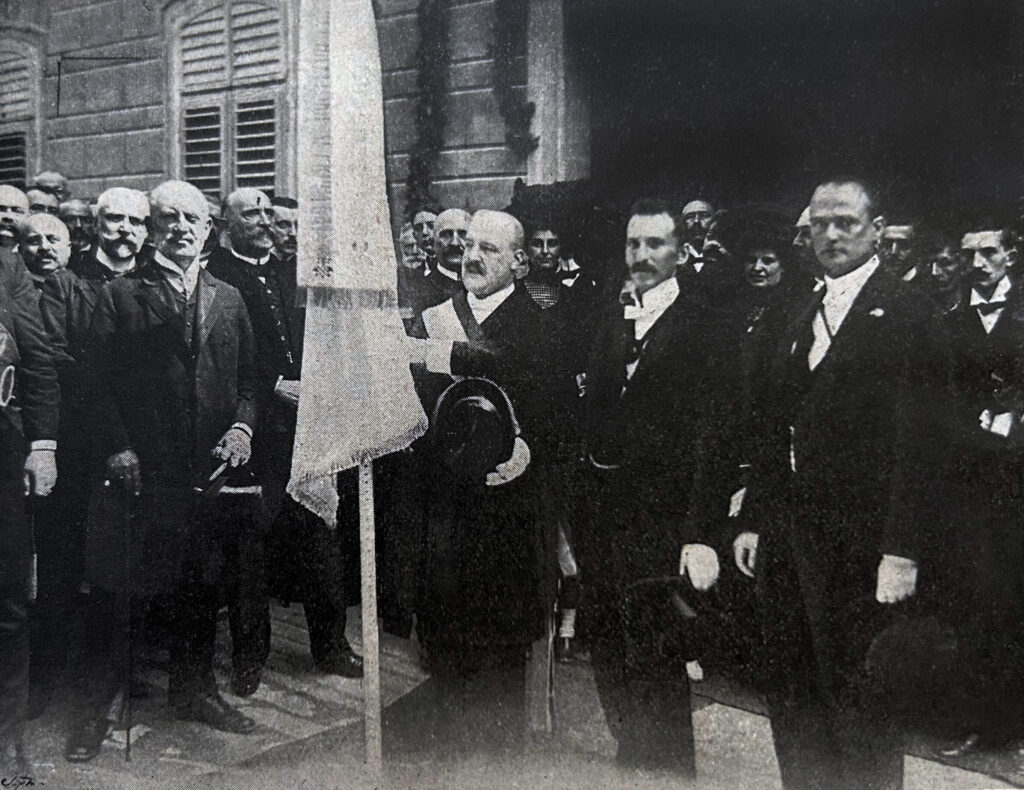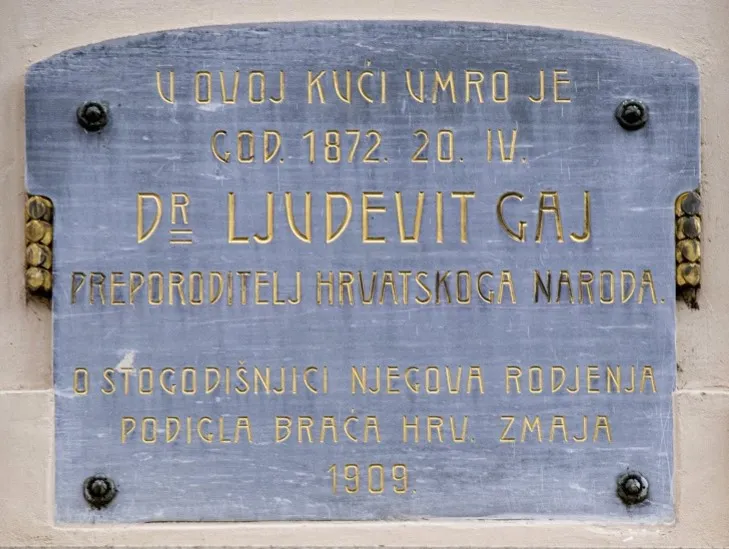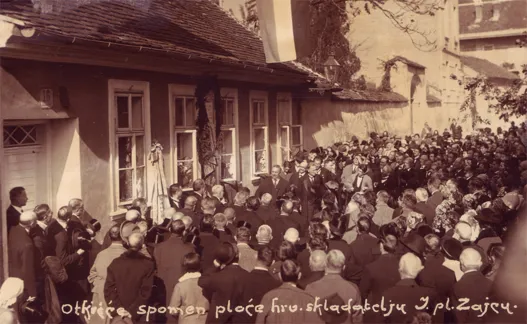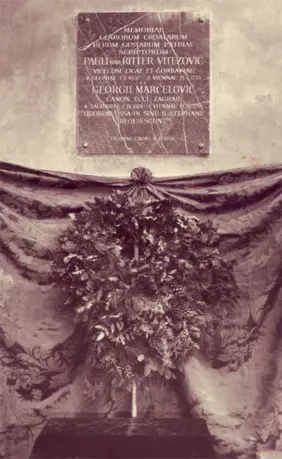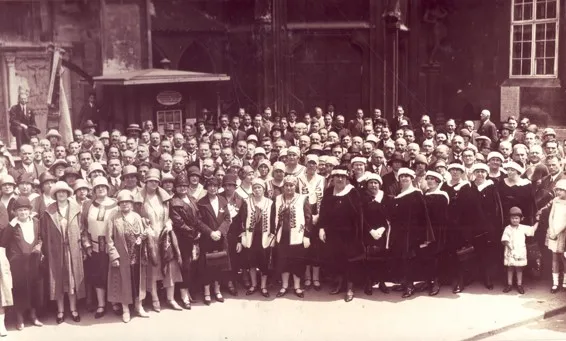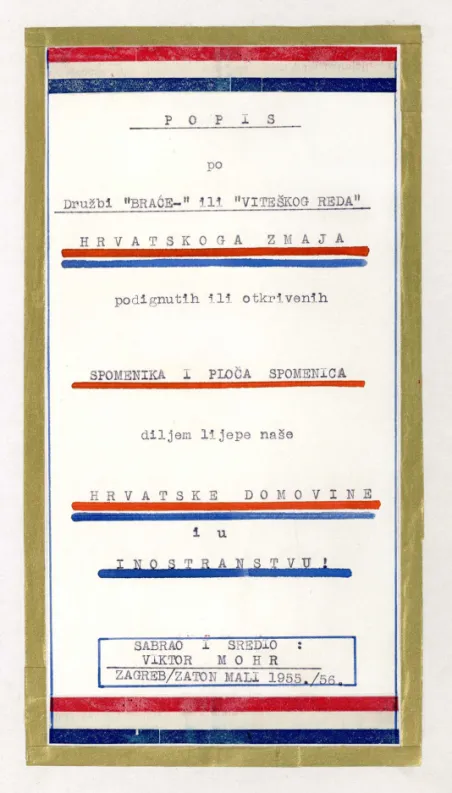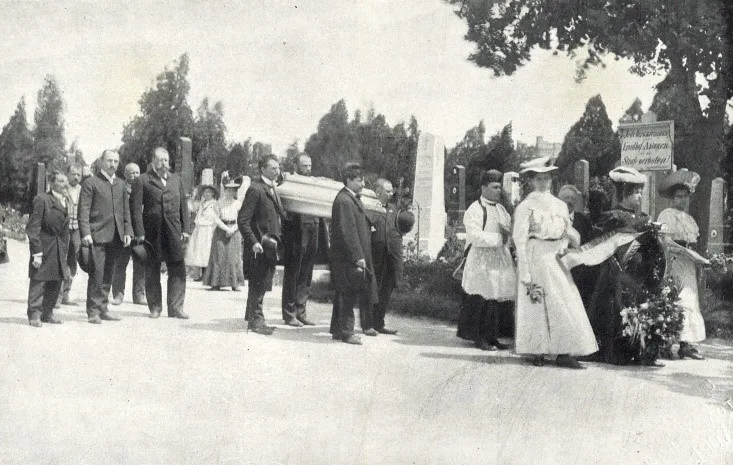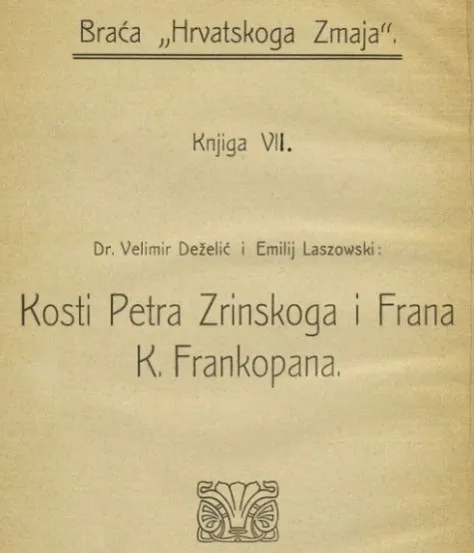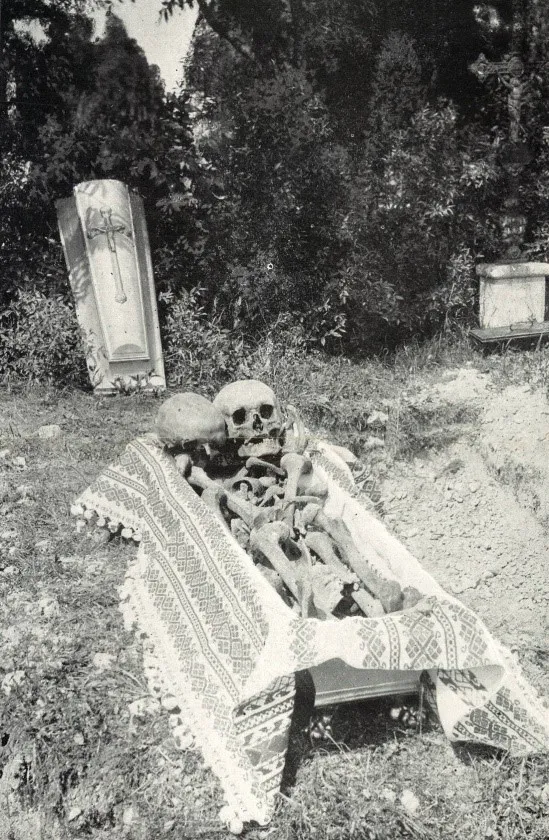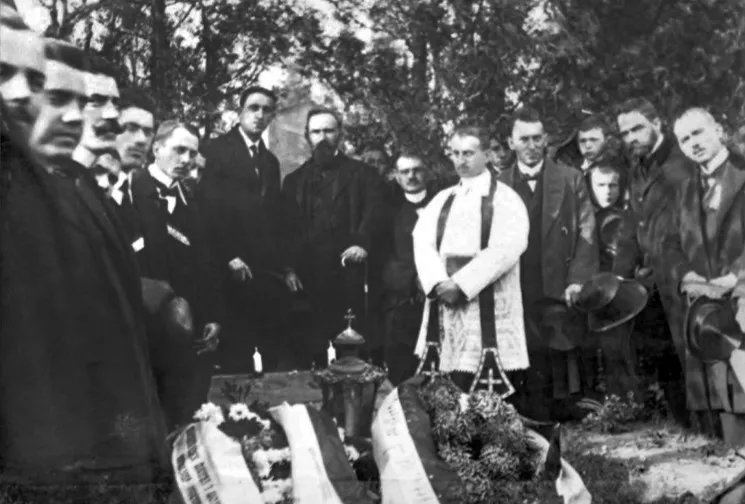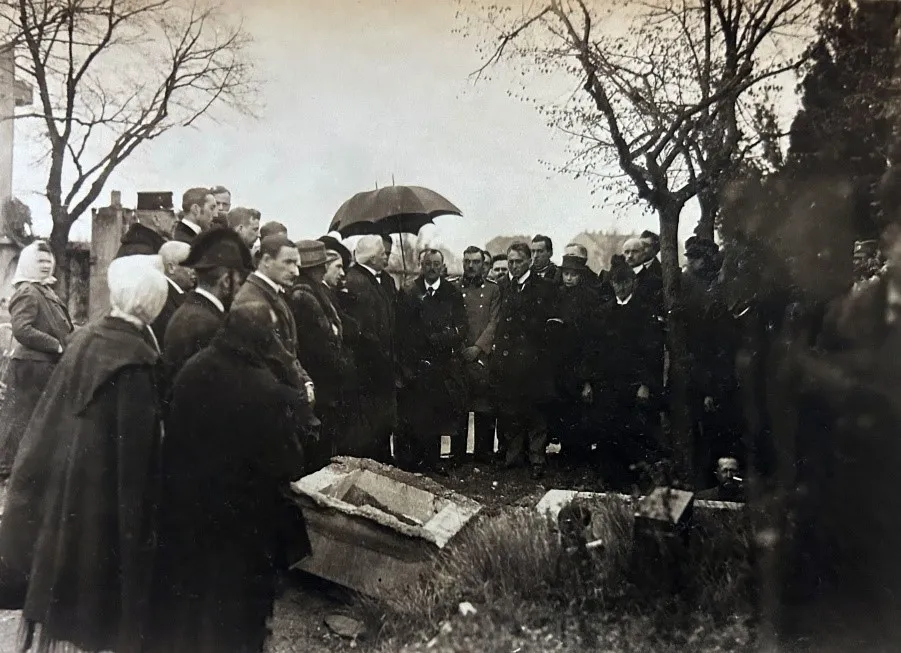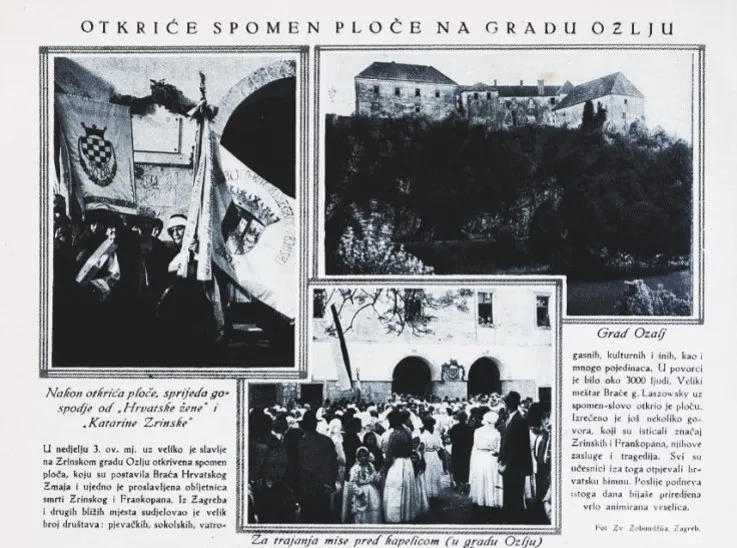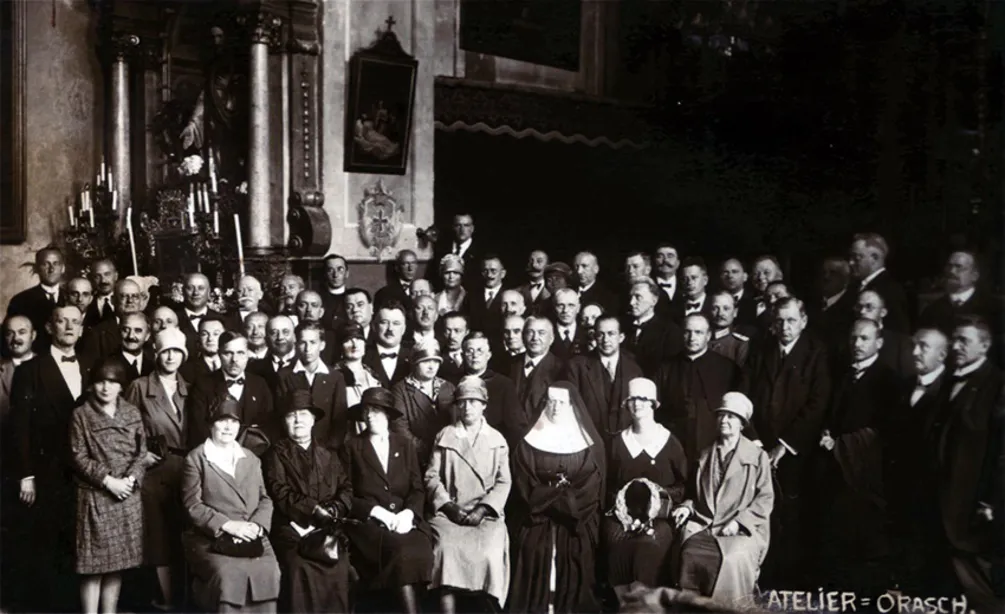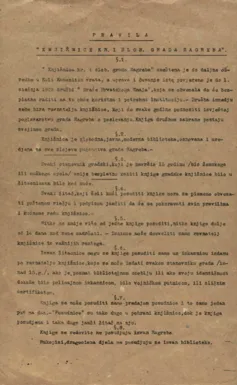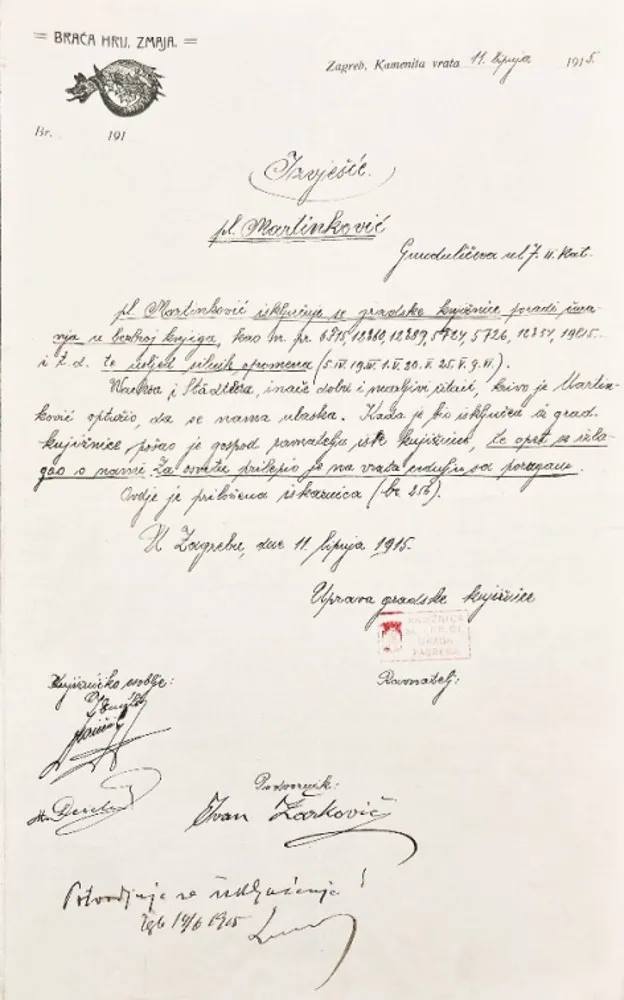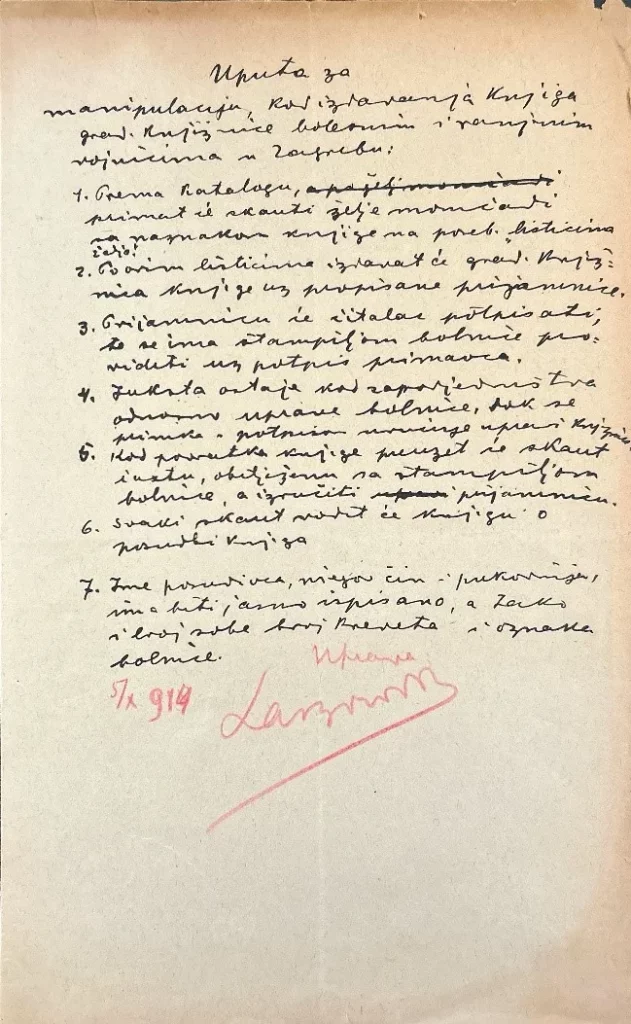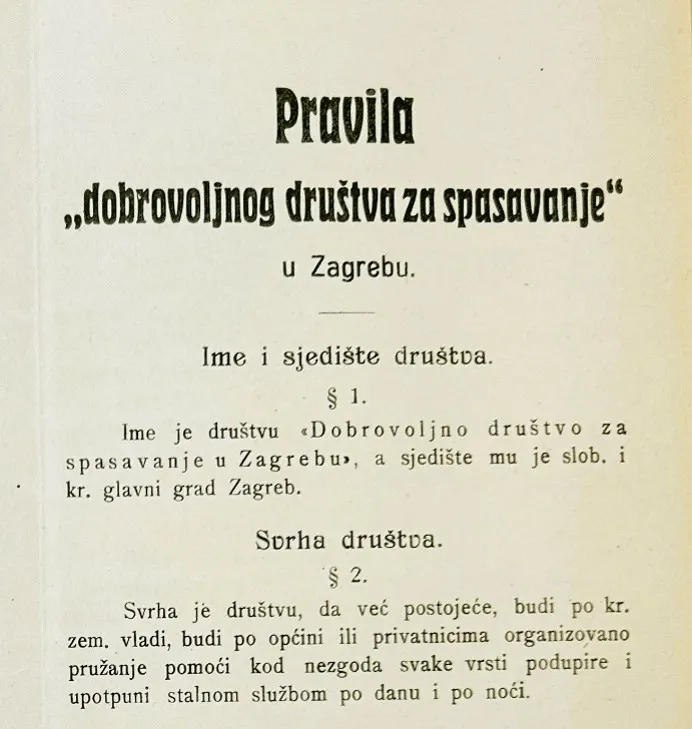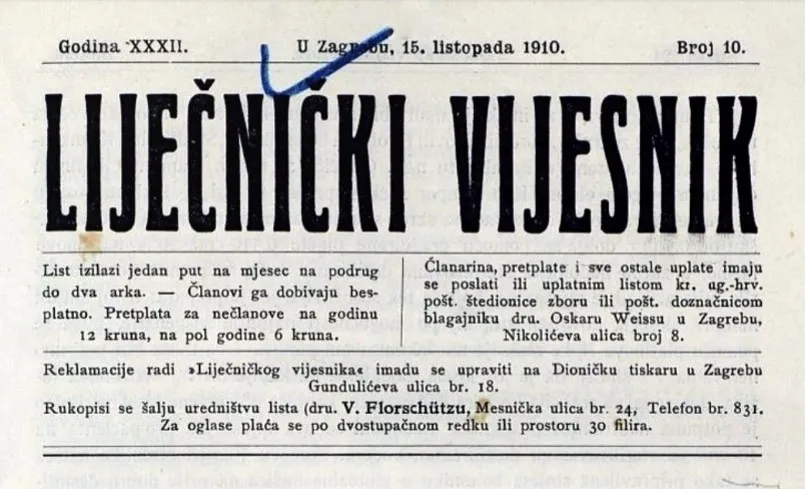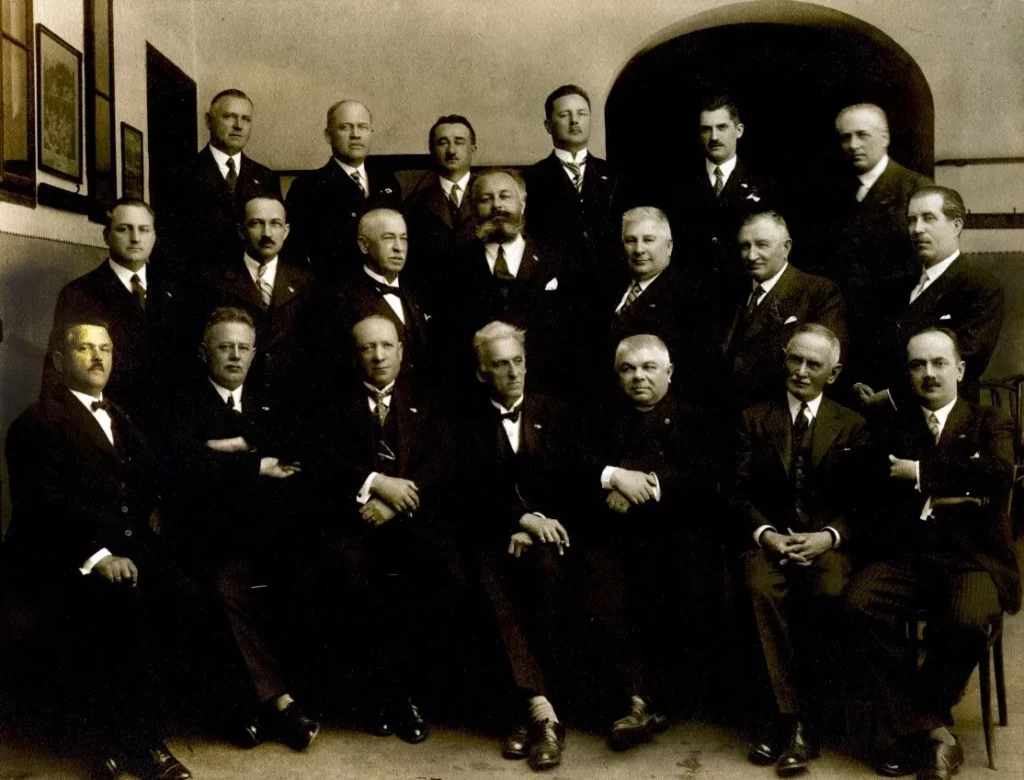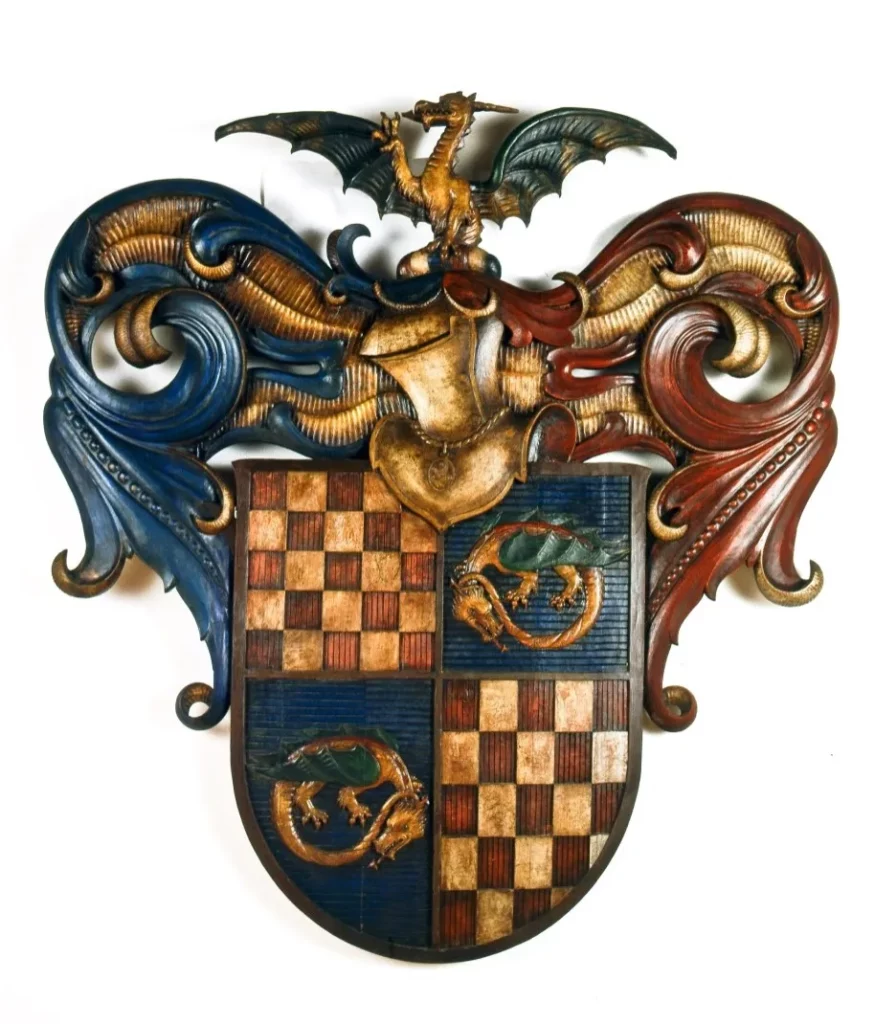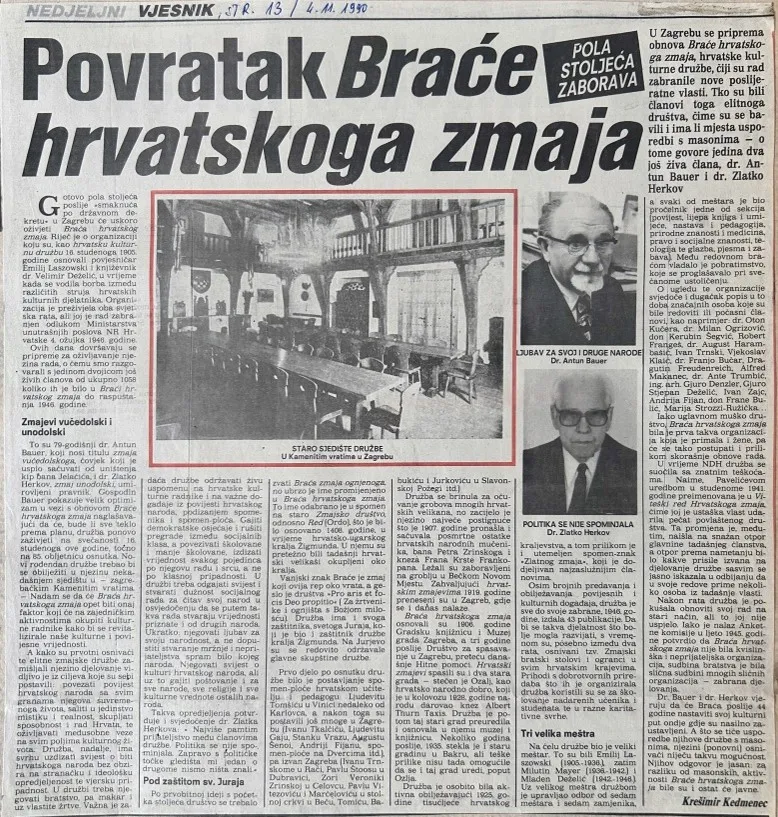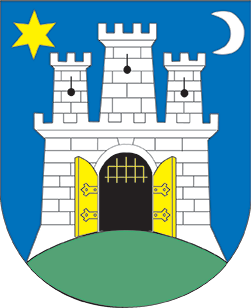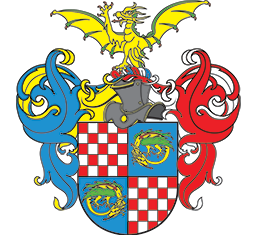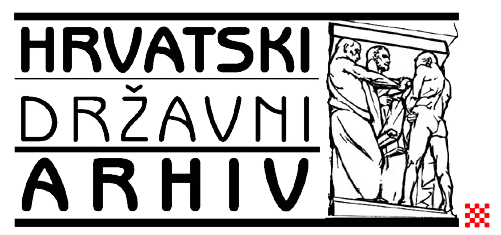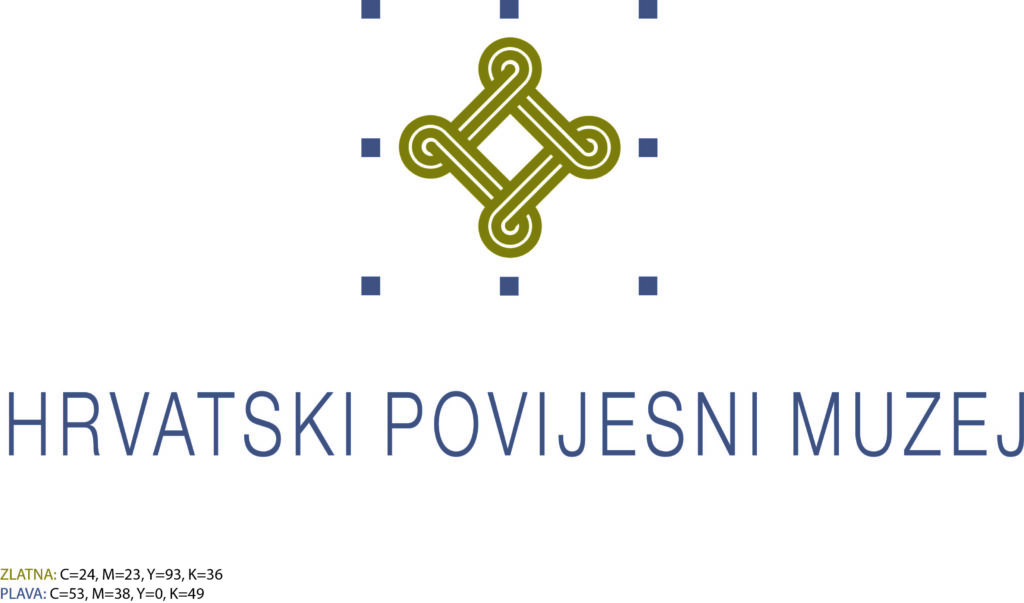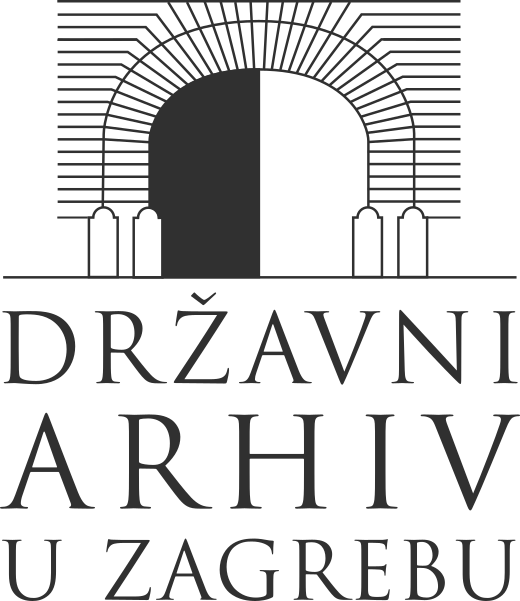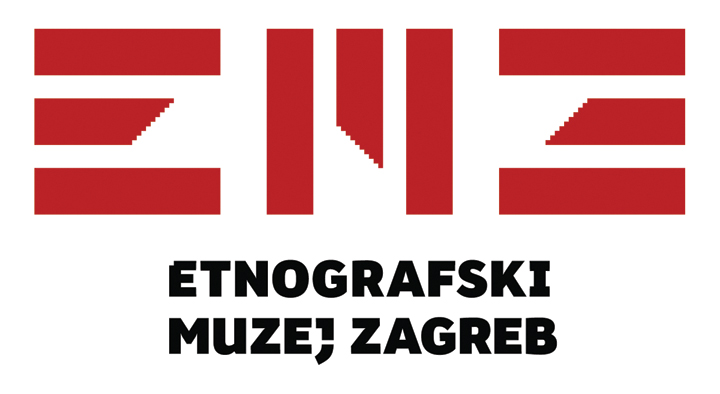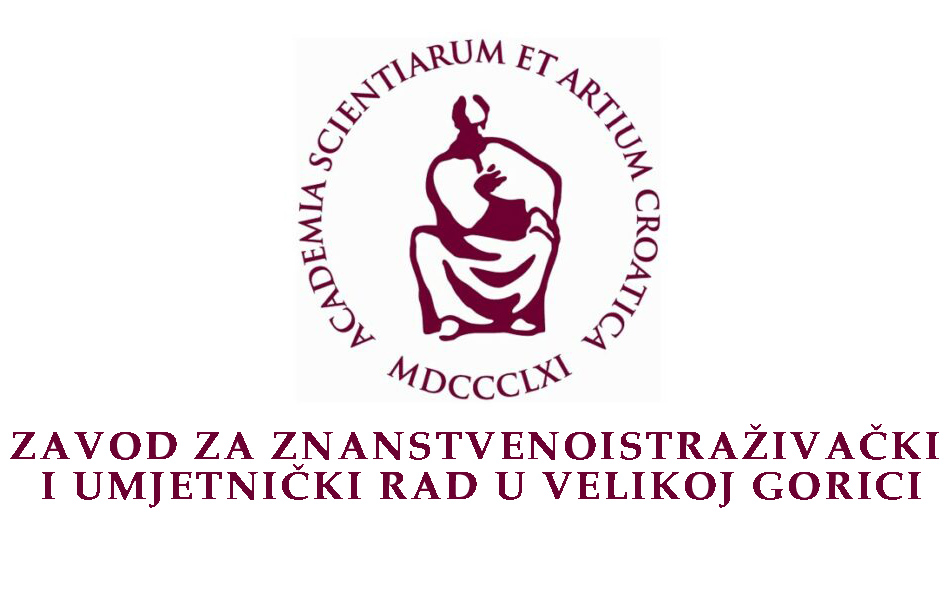4. For altars and hearths, with God's grace!
Dreadful hatred that has reared its ugly head among the noblest Croatian patriots, because they split into various party coteries, it would therefore have to stop in itself and the whole nation could thus gather into one camp under the banner of friendship, brotherhood and accord, in which all the pioneers of the nation’s bright future would meet.
Under the impression of such thoughts and ideals, Society of “ Brethren of the Fiery Dragon” was founded…
(Velimir Deželić Sr., 1914)
One of the many, but also the most famous, public roles of Emilij Laszowski was his role in the “Brethren of the Croatian Dragon” Society. Its original founders were Laszowski and his friend Velimir Deželić Sr. It was founded on November 16, 1905 under the name ” Brethren of the Fiery Dragon”, and was founded based on the Order of the Dragon Knights of the Croatian-Hungarian King Sigismund of Luxembourg and Queen Barbara of Celje, therefore, dragon years are counted from the year 1408, when that knights order was founded. The motto of the Society was Pro aris et focis Deo propitio! (For altars and hearths, with God’s grace!), and their patron was Saint George. According to the idea of its founders, this cultural and secular society with distinct national and patriotic determination, was supposed to be free from all political influences, tolerant, based on friendship, brotherly love and accord, and mutual assistance; to promote ethical and cultural values, to voice Croatian history and point out to its famous people, and to preserve and restore Croatian cultural heritage.
The Society had its own Rules, which changed and were amended over the years. The first Dragon Rules were compiled in 1905 by Emilij Laszowski, as well as the first Dragon Rules of Procedure in 1907, while the Ceremonial, which was compiled in the same year by Velimir Deželić Sr., was the first dragon ceremonial. According to the Rules, which were formally confirmed by the Land Government in 1906, the Society consisted of regular members, founding members, contributing members and honorary members. According to the Ceremonial, new members took an oath, received a dragon name and a personal dragon coat of arms. The highest administrative body of the Society was the General Assembly, whose meetings were held twice a year – on St. George’s Day, in May and on the day of the foundation of the Society, in November. The other two bodies were the Assembly of Maisters and the Supervisory Board. The Assembly of Maisters was the executive body of the Assembly, it was elected by the General Assembly and consisted of eight maisters: Grand Maister, Deputy Maister, Maister Pronotary, Maister Treasurer, Maister Chaplain, Book and Craft Maister, Maister Economist (treasurer), Maister Director (entertainment).
4.3: The document on the founding of the Institution “Fiery Dragon Society”, which also enacted the Society’s first rules
Manuscript of Emilij Laszowski / Zagreb, November 16, 1905
The document was signed by: Emilij Laszowski, Velimir Deželić st., Ljudevit Tomšić, Janko Barlè, Božidar Kukuljević Sakcinski
HDA
4.4: Excerpt from Ordo draconicusa
Emilij Laszowski added the following by hand: 1916 placed in the home of the dragon for the sake of it! L
At the beginning of October 1916, in the dragon’s home, the Grand Maister Laszowski, Prazmaj Brloški, prompted by the maxim of the Roman Law Suprema lex esto, salus patriae (Let the wellbeing of the homeland be the highest law), hung this printed excerpt.
HDA
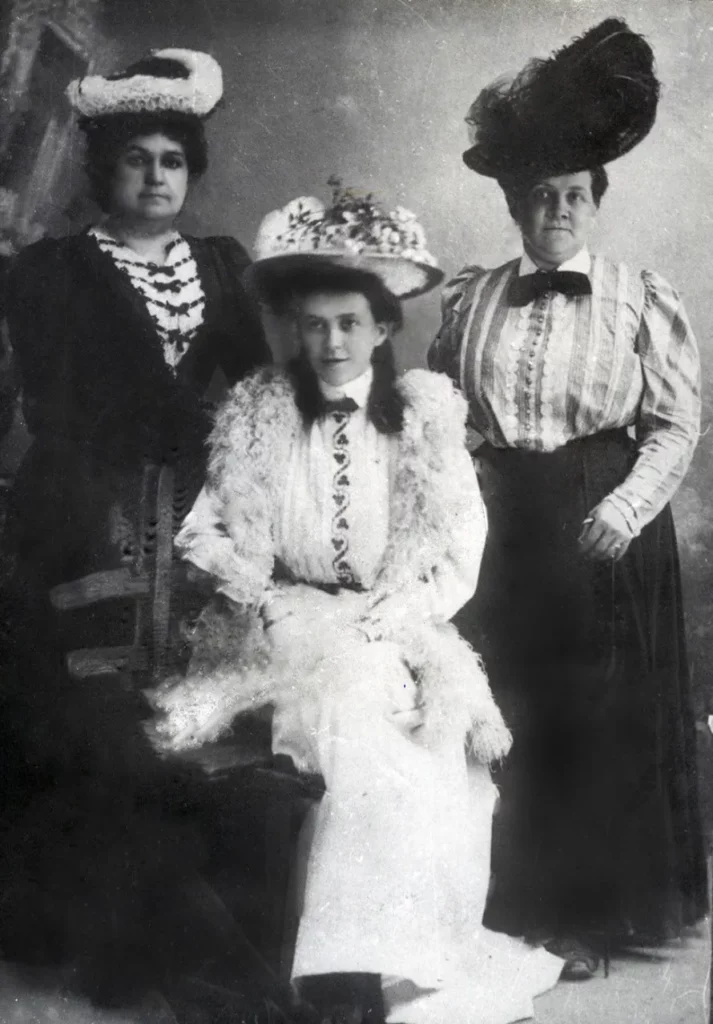
4.7: Wives and godmothers of the first Society Flag
May 16, 1907
Asta Claudius Laszowski, Zmajica Brloška is the first godmother (seated), the second godmother Antonija (Tonka) Deželić (standing on the left) and deputy first godmother Cirila Širol (standing on the right).
MGZ

4.9: Dragon glasses
circa 1907
MGZ
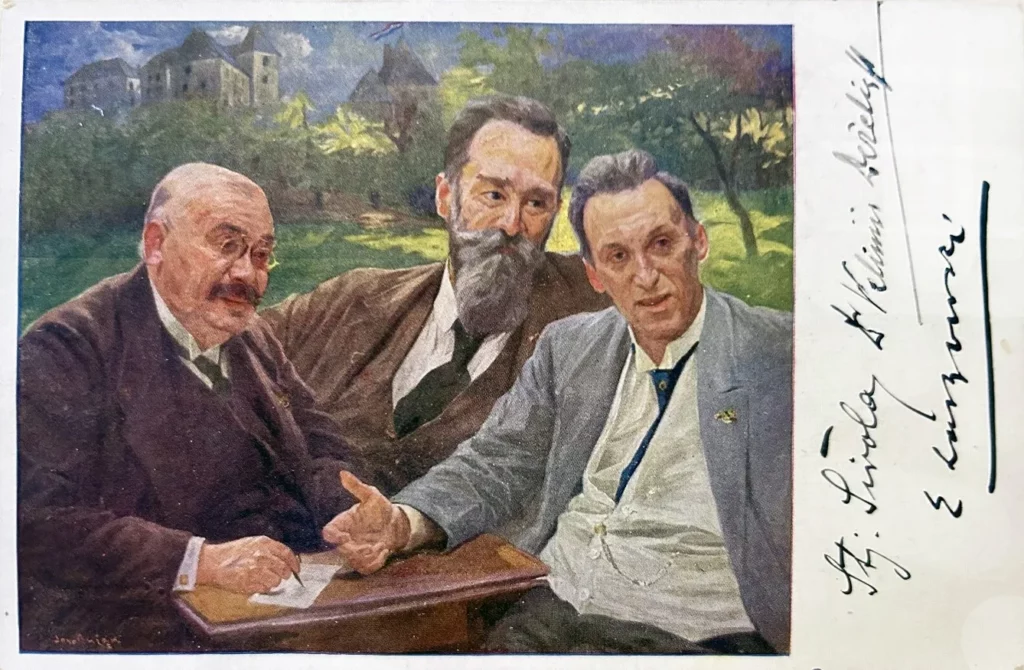
4.10: Council of the three members of the “Brethren of the Croatian Dragon” Society
From right to left: Emilij Laszowski, Velimir Deželić Sr., Stjepan Širola
The first council of the three members was composed of the grand maister, deputy grand maister and pronotary.
A postcard with an image of Joso Bužan from 1923. It contains signatures of the people from the painting. The original painting is exhibited in the ceremonial hall in Kula above the Stone Gate.
HDA
4.13: Fifth convocation of the Maister Assembly of the “Brethren of the Croatian Dragon” Society
Foto Tonka, Zagreb, 1923
Grand Maister, Emilij Laszowski is sitting fourth from the right.
HDA
Prazmaj (Ancient dragon)
Laszowski was the first regular member of the Society, entered in the membership register under number 1. He bore the dragon name Zmaj Brloški (Dragon of Brlog), to which he later added Ozaljski (of Ozalj), then the titles Prazmaj (ancient dragon) – the founder, honourable brother of the Croatian dragon and Prejasni (Serenissimus). For thirty years he was the No.1 man of the Society – first a temporary chairman, then the first Grand Maister, from 1906 to 1935, and finally from 1945 to 1946, a temporary administrator of the Society. Over the years, he held a number of other important functions, and it can be safely said that he was the spiritus movens of the Society’s activities and often the only performer. By means of his work and achievements made through the Society, he achieved everything he could not have done on his own, he raised the bar for many future public excellencies, and direct result of his activities indebted Zagreb as well as Croatia.
Dioscuri, Brothers with their hearts and souls
The roots of the Society can be traced back to the friendship between Emilij and Velimir. Even when they had not met each other yet, they were united by very similar life circumstances, such as the fact that they were both an only child, often sickly growing up, with highly protective mothers, they both started medical studies which they did not finish. Later, and in fact, they were connected by intellectual and spiritual similarity. It should be mentioned that they were completely different in terms of personal and family life.
They met in 1894, when Emilij sent manuscripts of his two stories to the editors of Prosvjeta, and after asking for Velimir’s opinion, trembling in anticipation of their critique, he begged not to publish them publicly. Therefore, Deželić met with him and gently told him to give up fiction and turn to professional work based on archival sources. Emilij’s humble gratitude for the fair warning instantly prompted Velimir to feel an unusual inclination towards him. Having become brothers in 1898, from their first meeting until their death, they were bound by a great friendship. In the Memorial Book of Tonka and Velimir Deželić, the father Laszowski wrote and signed himself in blood on February 10, 1906 the following:
Velimir, I am not Your brother by blood, but I am Your brother by heart and soul. I give my blood for a friend such as Yourself.
Strong friendship and love for family and homeland brought about great works of these two under the umbrella of the Society. The duo, so connected in private and in work life, that they were publicly nicknamed Kastor and Pollux, the dragon dioscuri. Connected through jubilees – the birthday of Velimir Deželić Sr. (1864) and the journalistic jubilee of Emilij Laszowski (1889), the Society organized three joint celebrations during their lifetime, in 1914, 1924 and 1939.
4.24: Rudolf Horvat’s invitation to the dragon brothers to discuss the jubilee celebration
Zagreb, January 17, 1914
DBHZ

4.30: City shooting range on Tuškanac
Josip Kokalj, Zagreb, circa 1903
The celebration was organised at the Restaurant of the Civil Shooting Society.
MGZ
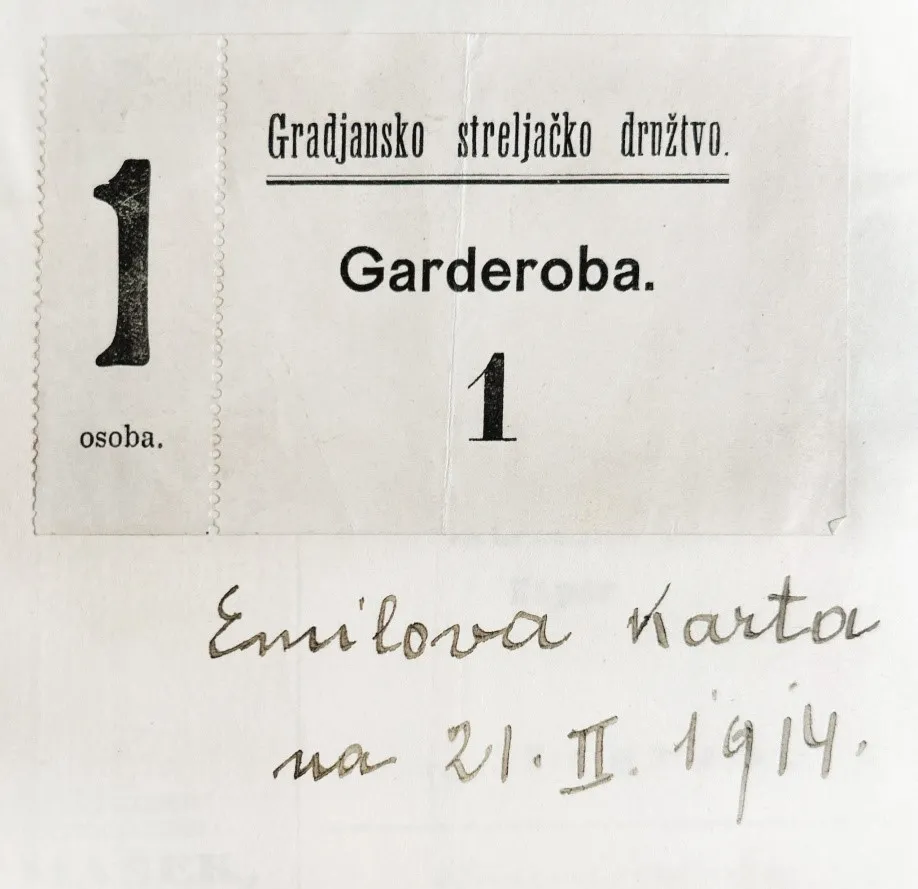
4.31: Emilij Laszowski’s ticket for the celebration
1914
DBHZ
4.32: Letter from Velimir Deželić Sr. to Laszowski on the occasion of the 25th anniversary of his literary work
Zagreb, February 21, 1914
DBHZ
4.33: Letter from members of the Deželić family to Laszowski on the occasion of the 25th anniversary of his literary work
Velimir Deželić Sr., Zagreb, February 21, 1914
DBHZ
4.34 – 36: Greeting cards from friends and brothers, Stjepana Širole, Svetoslava Gaja i Frana Šabanato Laszowski on the occasion of the 25th anniversary of his literary work
Stjepan Širola, Sveček [Svetoslav] Gaj, Fran Šaban / Zagreb, February 21, 1914
DBHZ
4.39: Thank-you note from the celebrants to the well-wishers
Signed E. Laszowski i V. Deželić, 1914
DBHZ
4.40: Newspaper news about the anniversary celebration
Hrvatska, Novosti, Agramer Tagblatt, Prosvjeta, Narodne novine, Riječke novine, 1914
DBHZ
Enlighteners
The “Brethren of the Croatian Dragon” Society engaged in various activities such as organizing lectures and various cultural events, publishing publications, unveiling memorial plaques and monuments, collecting antiques and art, restoring historical buildings and collecting charitable contributions.
At the very beginning of its activity, upon suggestion of Emilij Laszowski, the Society initiated organisation of the celebration of the 50th anniversary of the literary work of Đuro Stjepan Deželić. Laszowski held the role of secretary of the Civil Ceremonial Committee. The celebration itself was very successful and lasted for two days, from August 14 to 15, 1906. This first public action of the Society, carried out in cooperation with other Zagreb cultural and professional societies, served as a successful pattern for all its subsequent public projects.
4.41: The diploma presented by the Society to Đuro Stjepan Deželić
Zagreb, 1906
MGZ
Among the first activities of the Society was organisation of lectures intended not only for members, but also for the general public. As a rule, they were organized once a month, they were diverse in content, and were taught by members and guest lecturers. The first was held on October 16, 1906 – Velimir Deželić Sr. lectured the members on Greek and Roman smart men’s attire with regard to aesthetic and ethical aspects. Emilij Laszowski, in addition to the role of an organiser and an active listener, held about forty different presentations at the Society.
4.44: Sketch of the lecture Persecution of witches in Turopolje, which Laszowski gave on December 3, 1908
Emilij Laszowski, 1908
DBHZ
4.45: Overview of lectures held in the premises I. “Brethren of the Croatian Dragon” Society, 16. V. 1906. – 12. XII. 1941., II. The Knightly Order of the Croatian Dragon, 7. IV. 1941. – 21. IV. 1945.
Collected and arranged by Viktor Mohr / Zagreb – Zaton Mali, 1955/56
According to this review, out of a total of 40 lectures, Laszowski gave 39 of them by 1941, and one in 1943.
DBHZ
4.46: Invitation to the first public lecture of the Society Röntgen rays – about X-rays and the principle of telegraphy without wires
Zagreb, 1907
The lecture was given by Ivan Benigar on March 27, 1907, in the Gornjogradska gimanzija at Katarina square 5, and almost 200 listeners were present.
iz: ZK I.
In 1907, the Society launched its own edition of “Brethren of the Croatian Dragon”, literary editions within which 44 titles were published in a span of 30 years. Laszowski is the author of 12 titles, three of which were co-authored with Velimir Deželić Sr. In the same year, a rare copy of the Calendar “Hrvatski Zmaj” for the year of dragon 499 was printed in a small edition mostly distributed to members. The Society also published some special editions, and in 1917 it started publishing the magazine Hrvatski zmaj (Croatian Dragon). Its editor was, of course, Emilij Laszowski. A total of six volumes were published, irregularly and with large gaps, from 1917 to 1944. From 1926, a serial publication, Histories of the Society of the Brethren of the Croatian Dragon, was published – 15 books were published under that name until 1941, while the sixteenth was published in 1943 as Histories of the Knightly Order of the Croatian Dragon.
The purpose of the Society’s enlightenment work through the organisation of lectures and publishing was to bring Croatian historical, cultural and traditional heritage closer to all layers of society.

4.47: Kalendar „Hrvatskoga Zmaja“ za godinu 499. zmajsku, 1907. Kr.
Volume 1. Zmaj Brloški [Emilij Laszowski], Grand Maister / Zagreb, 1907
OP
4.53: Exhibition poster of Art exhibition of paintings by H. Sienkiewicz
C. Albrecht, Zagreb, 1912
Under the patronage of the Society, the exhibition opened on February 4, 1912.
DBHZ
4.53: Exhibition poster of Art exhibition of paintings by H. Sienkiewicz
C. Albrecht, Zagreb, 1912
Under the patronage of the Society, the exhibition opened on February 4, 1912.
DBHZ
Glorious past and heroes of their kind
One of the most important missions of the “Brethren of the Croatian Dragon” Society was to restore the memory of important events and meritorious and esteemed persons from the Croatian history. Most often, they did this by setting up commemorative plaques or monuments in Zagreb, throughout Croatia, but abroad as well. The Society erected the first commemorative plaque in 1907 in honour of the writer Ljudevit Tomšić in the neighbouring country of Slovenia, in Vinica.
In less than four decades, the Society organised installation and unveiling events for around 80 memorial sites. Ljudevit Gaj, Ivan Krstitelj Tkalčić, Stanko Vraz, Dimitrije Demetar, Vjenceslav Novak, Eugen Kumičić are just a few of the many people whom the Society honoured through memorial sites.
4.54: Program of the unveiling ceremony of the commemorative plaque of Ljudevit Tomšić
1907
HDA
4.56: Commemorative plaque in the Tower above the Stone Gate
M. Gregl, Zagreb, 1924
The plaque was installed on December 7, 1907, on the occasion of the opening of the City Library and Museum.
MGZ
4.55: Ceremony of unveiling of the commemorative plaque dedicated to Pavao Štoos in Dubravica
Dubravica, 1907
HDA
4.57: Invitation to the unveiling of the plaque dedicated to Ljudevit Gaj in Zagreb, August 22, 1909.
Zagreb, 1909
The event was held on the occasion of the 100th anniversary of the birth of Ljudevit Gaj, and a plaque was put up on the house where he died.
HDA
4.58: Participants of the unveiling ceremony of Gaj commemorative plaque
Photographer unknown, Zagreb, August 22, 1909
Emilij Laszowski is standing second from the right.
HDA
4.64: Commemorative plaque dedicated to Pavao Ritter Vitezović and Đuro Marčelović in the Metropolitan Church of St. Stephen in Vienna
Vienna, June 27, 1926
During the shelling of Vienna on April 12, 1945, part of the Cathedral of St. Stephen where this commemorative plaque had been put up was demolished.
DBHZ
4.66: Attendees standing in front of the Metropolitan Church of St. Stephen in Vienna at the unveiling ceremony of the commemorative plaque on June 27, 1926.
Vienna, June 27, 1926
Emilij Laszowski is third from the right in the second/third row.
DBHZ
Captivating Zrinski-Frankopan cult
A large number of the Society’s activities related to fostering the memory of Petar Zrinski and Fran Krsto Frankopan arose from the personal opinion and attitude of Emilij Laszowski. His grandfather Filip told him about the tragic conspiracy as early as when he was a young child. Laszowski considered them centuries-old bearers and defenders of Croatian interests and a symbol of resistance to foreign oppression. His roots from the town of Brlog, which was built by these families, also had an influence on the formation of this almost romanticised captivation. During his studies in Graz, he visited the joint grave for the first time where Zrinski and Frankopan had been buried.
There were many actions taken with regards to the Zrinski-Frankopan cult, but the most important ones should be highlighted. The Society’s first action of exhuming and moving the bones of Zrinski and Frankopan in 1907 from the joint grave in Bečko Novo Mjesto was carried out in secret, and Laszowski and Deželić described it in detail in the report on the exhumation. Although the majority of the Croatian public was delighted after the action, some, such as Ivan Bojničić, still expressed doubt that the exhumed remains actually belonged to Zrinski and Frankopan.
4.70 – 72: Remains of Petar Zrinski and Krsto Frankopan, their exhumation from the joint grave and transfer of the coffin with the remains in 1907
Wiener Neustadt, July 20, 1907
In the photo of the exhumation, Laszowski is standing in the grave site, to the left of the coffin, and Velimir Deželić Sr. is on the right.
During transfer, Laszowski and Deželić are carrying the back of the coffin.
4.70 – 72: Remains of Petar Zrinski and Krsto Frankopan, their exhumation from the joint grave and transfer of the coffin with the remains in 1907
Wiener Neustadt, July 20, 1907
In the photo of the exhumation, Laszowski is standing in the grave site, to the left of the coffin, and Velimir Deželić Sr. is on the right.
During transfer, Laszowski and Deželić are carrying the back of the coffin.
4.73: Kosti Petra Zrinskoga i Frana Krste Frankopana
Izvještaj o ekshumaciji dana 20. VII. 1907. Velimir Deželić i Emilij Laszowski / Zagreb, 1907
KGZ
In 1908, the Society sent a request to the Emperor Franz Joseph for rehabilitation of Zrinski and Frankopan, which was rejected, and in 1913, they erected a new tombstone for them.
On the eve of the First World War, in 1914, an initiative was launched to transfer the remains to Zagreb, but it was not accomplished until 1919. On April 29, a coffin with the remains was greeted by a large crowd of people at Zagreb Main Railway Station, it was transported and exhibited at the Academy, and then on April 30, it was escorted in a procession of over 100,000 people to the Zagreb Cathedral, where the remains were buried. The transfer of the remains was not the end of Zrinski-Frankopan activities, on the contrary, the actions continued in the form of annual commemorations, etc., especially after the takeover and restoration of the old town of Ozalj.
4.74: Installation of the tombstone of Zrinski and Frankopan in Wiener Neustadt in 1913
Wiener Neustadt, November 2, 1913
Laszowski is standing to the right of the priest.
HDA
4.82: Unveiling of the commemorative plaque dedicated to Zora Veronika Zrinski on September 18, 1927 in Klagenfurt
Atelier Orasch, Klagenfurt, September 18, 1927
Zora Veronika is the daughter of Katarina and Petar Zrinski.
Laszowski is standing in the third row, above the seated lady second from the right.
DBHZ
Guardian, founder, manager
Based on the merit of the work and achievements of Emilij Laszowski as the head of the Society, this cultural society became one of the most significant and successful ones of that time, and at the end of the 19th and in the first decades of the 20th century, many were founded, but also vanished without significant achievements to claim. In 1907, thanks to his commitment and merit, three major cultural city institutions were founded – the City Museum (today it is called Zagreb City Museum), the Library (today it is called Zagreb City Libraries) and the Archives (today it is called State Archives in Zagreb); and in 1909, a humanitarian city institution Voluntary Rescue Society in Zagreb (today the Emergency Medical Care Institution).
Emilij Laszowski’s lesser known activity was in the sphere of monument protection. Based on his idea and encouragement, National Commission for the Preservation of Artificial and Historical Monuments in the Kingdom of Croatia and Slavonia (later it was named Conservation Office in Zagreb) was founded in 1910. Focus of his conservation work was preservation of historical buildings, and over the years he carried out many field surveys of forts and towns and religious buildings throughout Croatia.
4.84: Brinje (Sokolac)
Emilij Laszowski, circa 1900
Town with a chapel seen from the south-east side.
MKM, FKB
4.85: Business report of the library, museum and archives of the Free and Royal Capital of Zagreb for the period 1914-1918
Emilij Laszowski, Zagreb, December 29, 1920
The report sent to the Town Administration was compiled by Emilij Lazowski as the manager of all three city institutions.
HDA
Apart from founding, Laszowski also managed the museum, the archives and the library. He managed the museum until 1925, and the archives on behalf of the Society until 1914, which was then moved to the Land Archives, which was once again under his management. He took over the management of the City Library from Velimir Deželić on January 1, 1909 and managed it until 1936. In that period, the library was located in the Tower above the Stone Gate, with the editorial office on the first floor and the reading room on the second. It was open every day from 9 am to 12 pm. It is important to mention that it was the first public library in Zagreb. The Society managed the library for over 30 years and handed it over to the Zagreb Municipality in 1938, when the library was moved to the premises of the Journalists’ Home.
4.87. Arithmetika horvatzka
Mijo (Mihalj) Šilobod Bolšić, Zagreb, 1758
The first arithmetic (calculus) in Croatian language. Although there is no ex libris, based on the two signatures on the front page – of Laszowski and Shufflay, it is assumed that this is one of the many valuable books that Laszowski donated to the city library. According to the information on the inside cover, the book previously belonged to the library of the Capuchin monastery in Zagreb.
KGZ
4.88 – 89: Expulsion of a member, Martinović, from the city library due to doodling on books
Zagreb, June 1915
Expulsion report and confiscated membership card of a student Martinković, with a note by the director Laszowski that if he was polite in the future and did not doodle on the books, he could continue to borrow books for his mother.
HDA
4.90: Instructions to scouts for handling of books for the wounded
Emilij Laszowski, October 5, 1914
At the beginning of the First World War, Laszowski proposed to the Army Command to open a City Library for the wounded soldiers who were in Zagreb hospitals. In a letter to the Scout Association, he asked them for help in delivering books to the wounded. Having received positive responses from both sides, Laszowski compiled a short instruction for scouts to manipulate and lend books to the wounded.
HDA
4.91: Scouts supplying the wounded with newspapers and books
Zagreb, circa 1914
In: ZK II.
A tragic story inspired the idea of founding a Voluntary Rescue Society in Zagreb. One September afternoon in 1909, Emilij, accompanied by his wife Josefina, visited his friend Velimir Deželić Sr. They were greeted by a terrible scene. In a doorway, a maid Katarina Hedrich was laying on the ground. She had slipped while cleaning windows on the second floor and fell onto the pavement. While waiting for a doctor to arrive for over an hour, after all carriage drivers refused to transport her, she died before their eyes. Terrified and inspired by the event, Emilij and Velimir proposed establishment of a Rescue Society, such as the ones that had already existed in other European cities. On 6 October, 1909, Maister Assembly reached a conclusion on a need to establish a Society, and the very next day, the Brethren Society invited all interested parties – doctors, pharmacists, representatives of Zagreb hospitals, etc. – to a founding meeting at the Three Ravens tavern. On December 1, 1909, the National Government approved the first Rules of the Society proposed by the Committee of the Society, after having a meeting in the Tower above the Stone Gate. Since matters of this humanitarian Society were running very smoothly, as early as on 21 December, 1909, the Society handed it over to doctors and prominent citizens for management. Voluntary rescue society in Zagreb began operating on 1 August, 1910, at the Sanitary Station, next to the fire station in Savska cesta.
4.94: Rules of the Voluntary Rescue Society in Zagreb
Zagreb, November 11, 1909
Signed by: Emilij Laszowski, president; Dr. Milan Figatner, secretary
HDA
Farewell to the walls of the Dragon gate
The Society was Emilij’s “dearest child”, and with his dedicated work and devotion he created a significant and respectable association. For 30 years, he was the champion of the Society. Due to both the change of generations and certain disagreements within the Society, on August 8, 1935, Laszowski resigned from the position of the Grand Maister, and Velimir Deželić Sr. followed as his deputy. As of then, he retired from the public life and the Society’s activities, mostly staying in the old town of Ozalj, but still keeping up with the Society’s work. During the Second World War, due to disagreement with the changes in the Brethren, he completely disappeared from the Society’s activities. After the establishment of the Independent State of Croatia (Nezavisna Država Hrvatska, NDH), Pavelić, without the members knowing, by a legal provision, on November 19, 1941, turned the Society into a state institution under the name of the Knightly Order of the Croatian Dragon. The Society was re-established in its old capacity and with its original name on May 7, 1945, and Laszowski was then briefly appointed its temporary manager.
With the arrival of the new state, after reviewing the Society’s work from 1941 to 1945, Commission for determination of the crime of cultural cooperation with the occupier concluded on August 30, 1945 that the Society had done nothing wrong and could continue its work. However, on March 4, 1946, the Ministry of the Interior of the Socialist Republic of Croatia, the Department of National Security, issued a decision banning and disbanding the “Brethren of the Croatian Dragon” Society and confiscating all of its property. Over forty years later, with the establishment of the Republic of Croatia, the Society was restored in Zagreb on June 23, 1990. The headquarters of the Society are still located in the Tower above the Stone Gate. In 1998, the Society put up a commemorative plaque dedicated to Emilij Laszowski on the remains of the town of Brlog, and in 1999 on the building in Krajiška 17, where he died, and arranged his and his mother’s grave in Mirogoj.
4.100: Ceremonial hall of the “Brethren of the Croatian Dragon” Society in the Tower above the Stone Gate after renovation
Photographer unknown, Zagreb, circa 1938
The wooden floor separating the City Museum on the first floor and the City Library on the second floor was demolished. The space became the Society’s Ceremonial Hall, which it still serves today.
MGZ
4.101: Celebration of the 35th anniversary of the founding of the Society
Photographer unknown, Zagreb, November, 1940
Taken in front of the Stone Gate, Laszowski is first on the left.
HDA
Viktor Mohr, the last Maister Pronotary, wrote that during the handover of the Society’s property, Laszowski also came to the Tower briefly to say goodbye to the walls of the Dragon gate.
Devastated once again – our wonderful antique man – he circled the walls of the old Dragon gate with eyes full of tears, taking a last look, a look of farewell, turning slowly, completely broken towards the exit, descending those old stairs, knowing too well that this was His last visit to this holy place, that this was a parting, a farewell and that he would never go up or down those stairs again.






